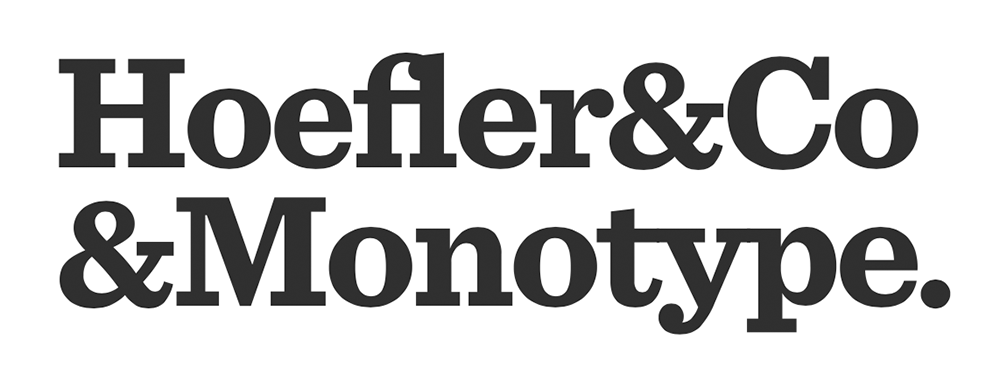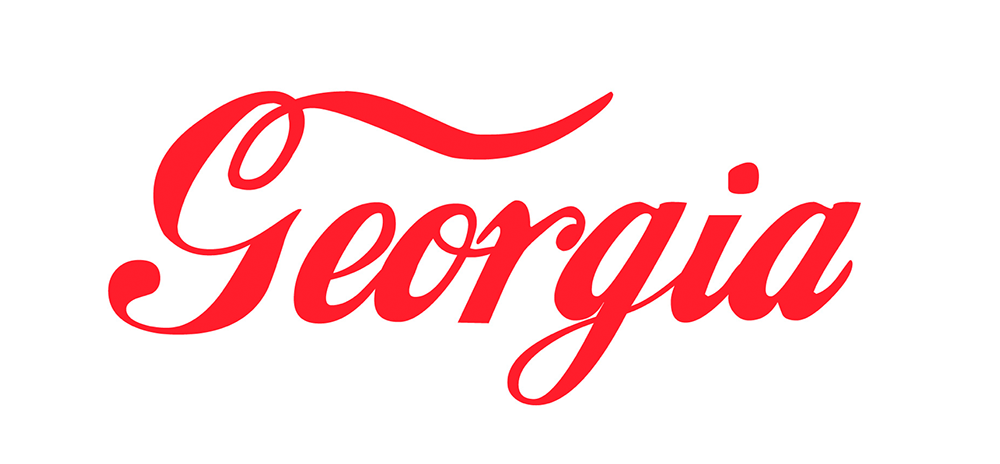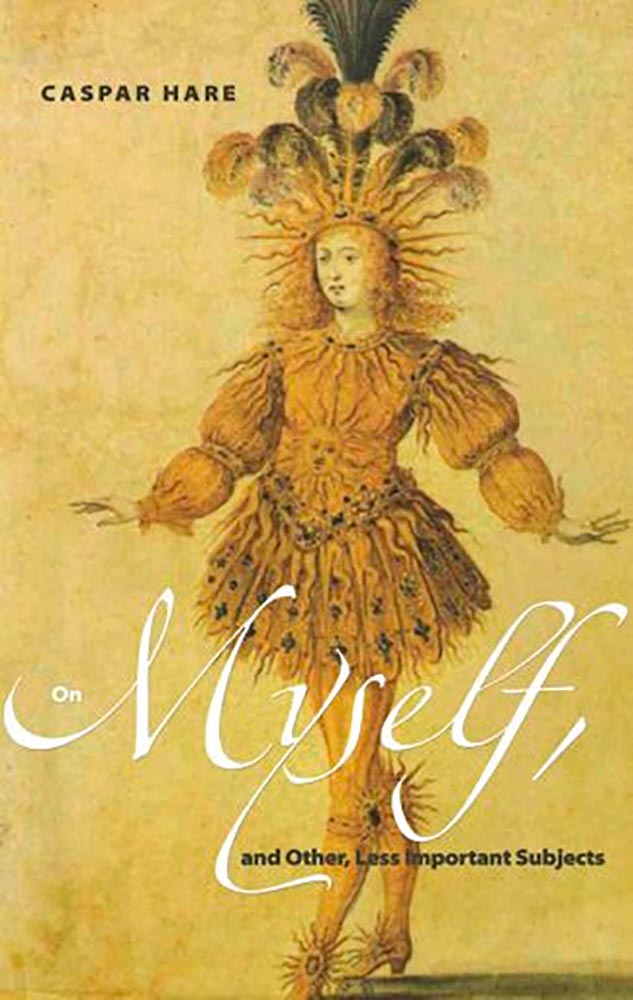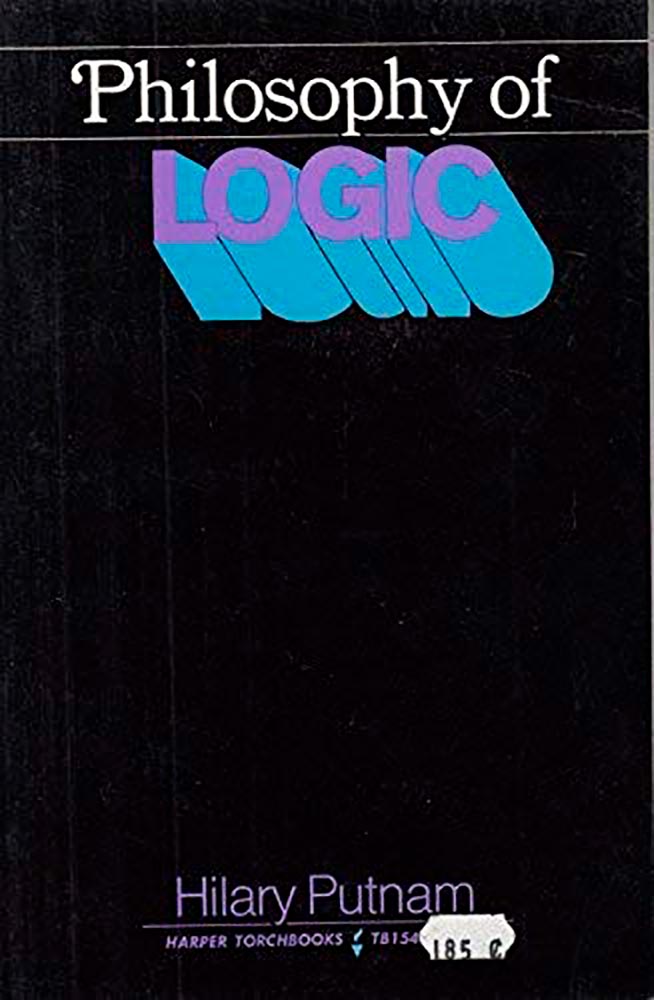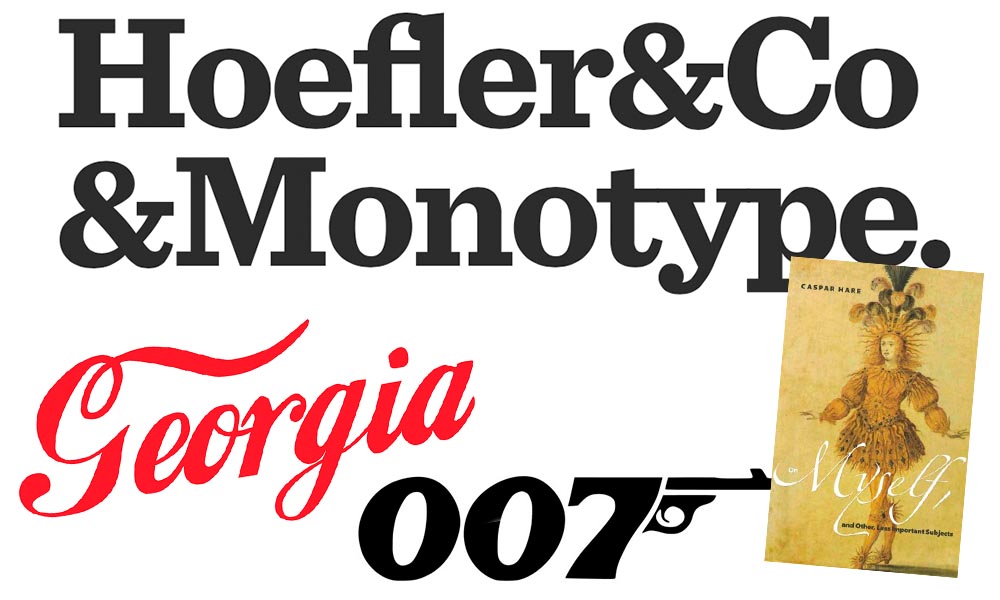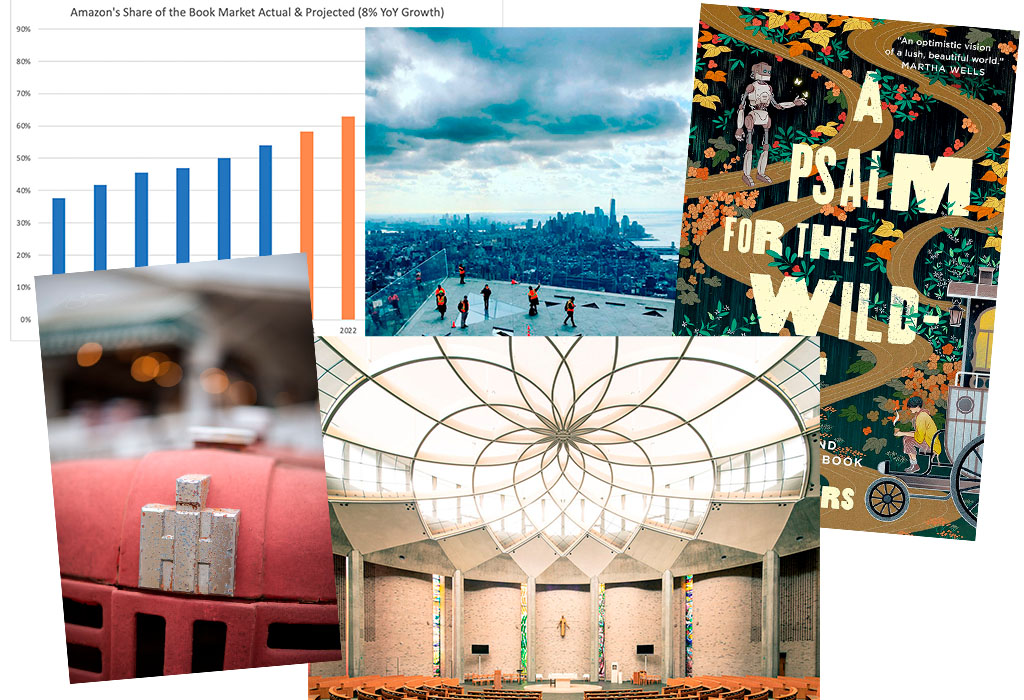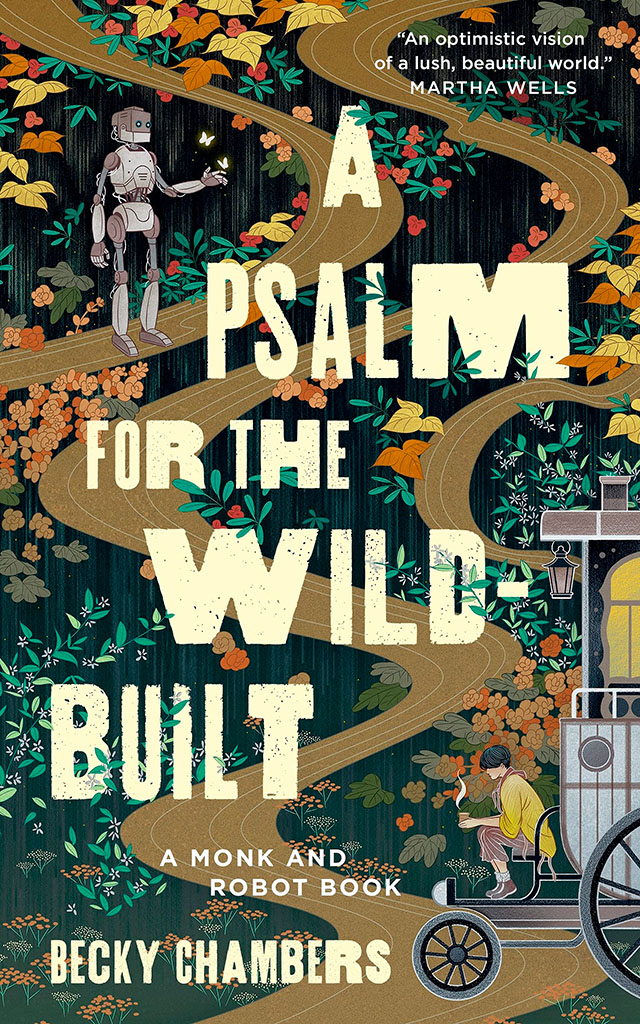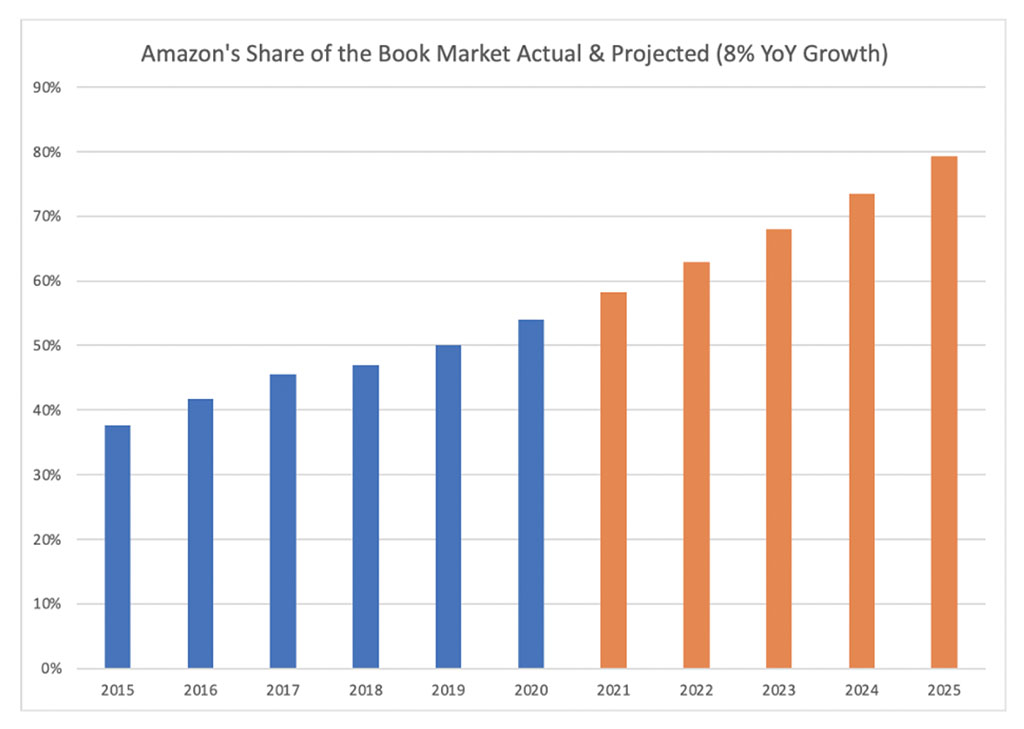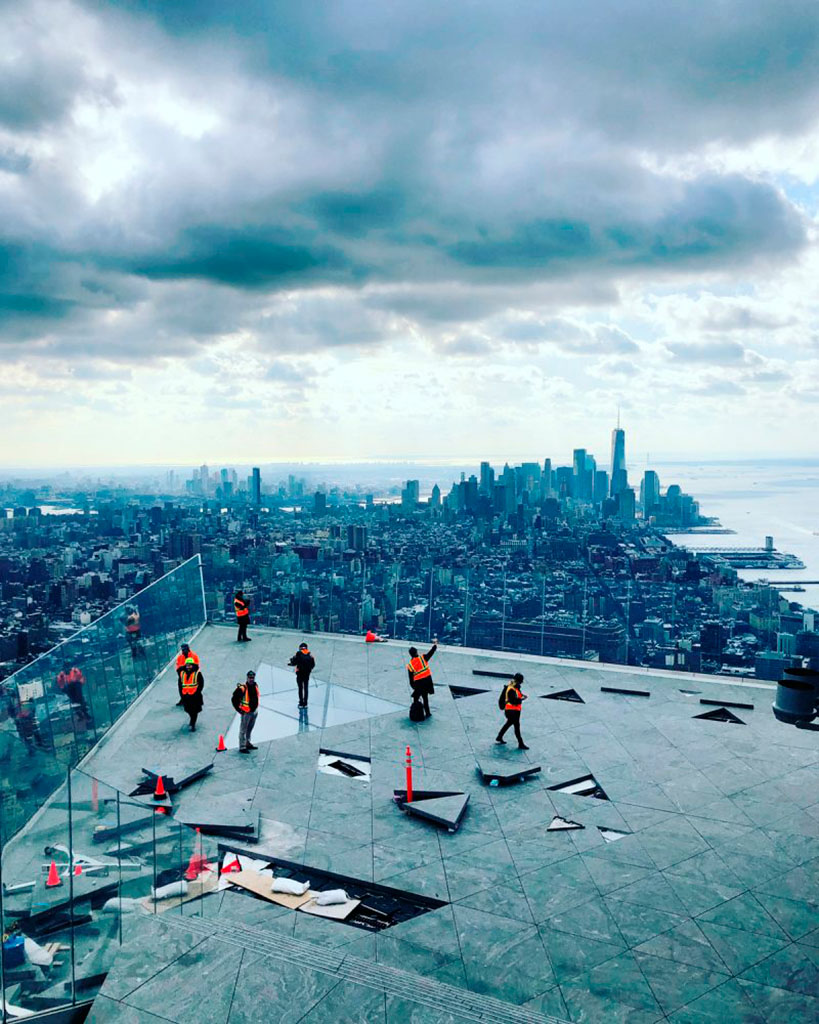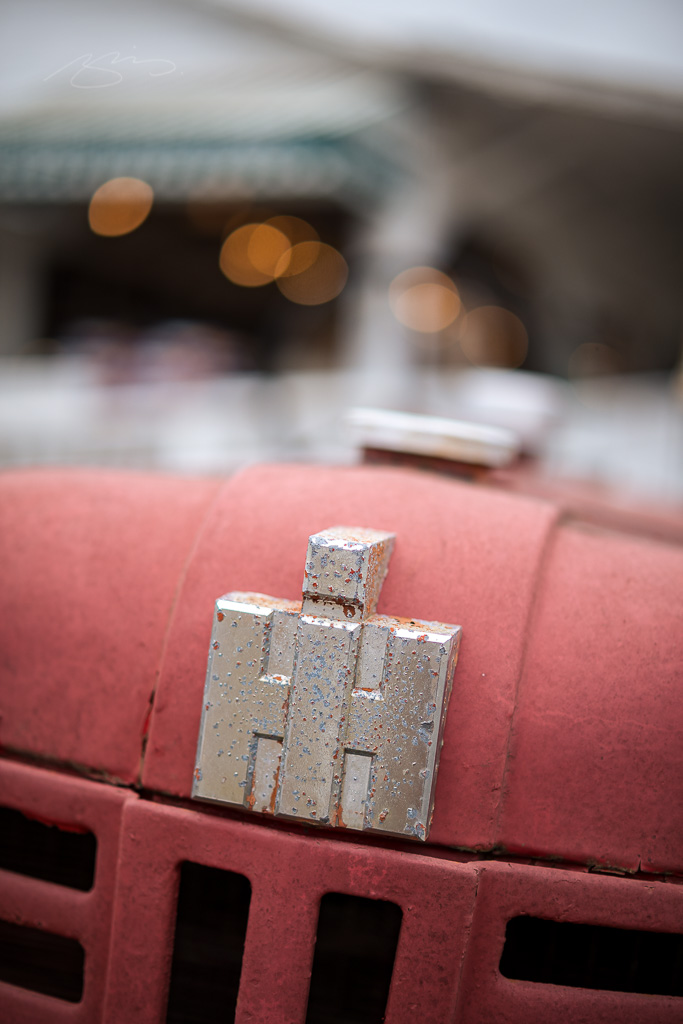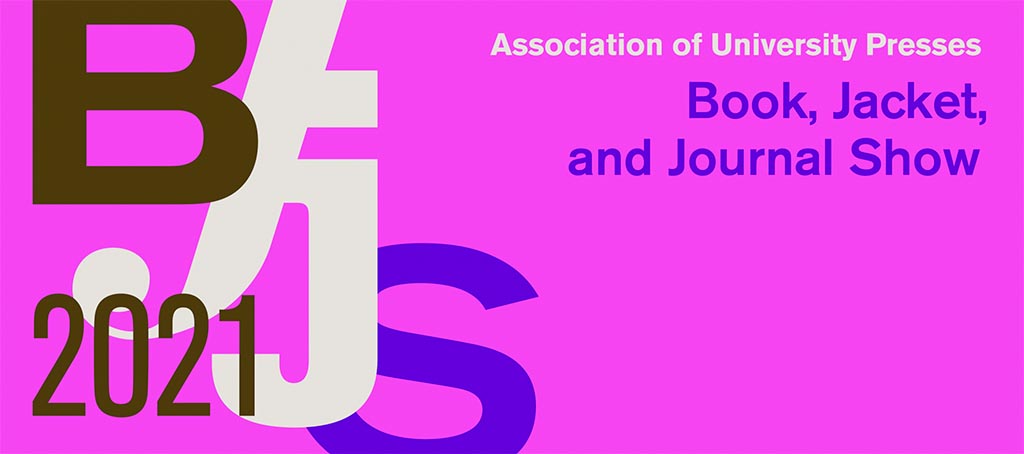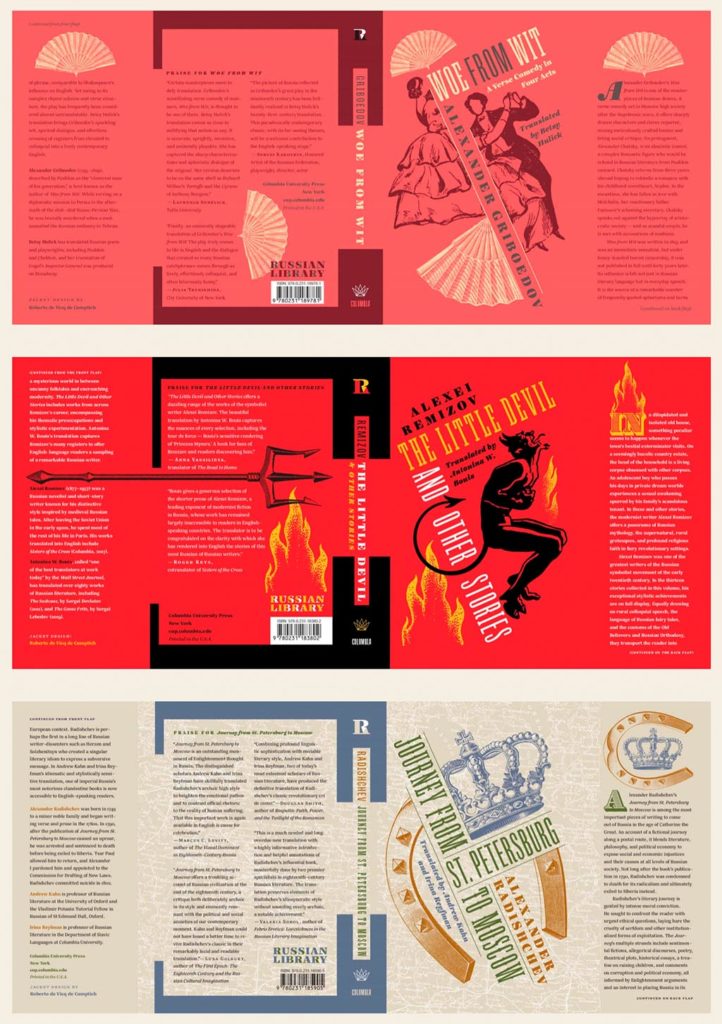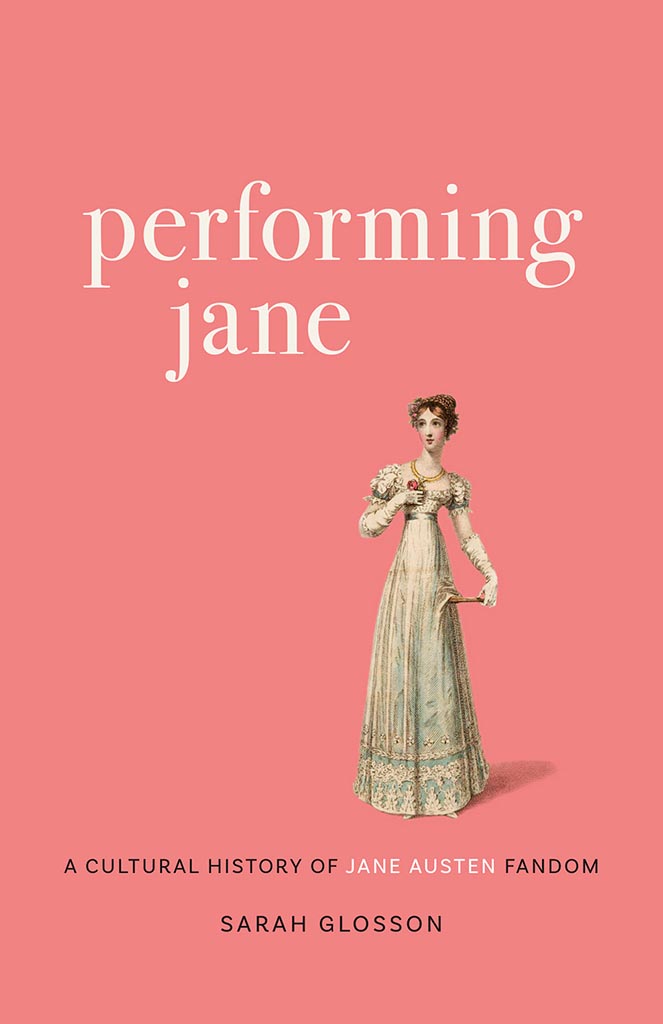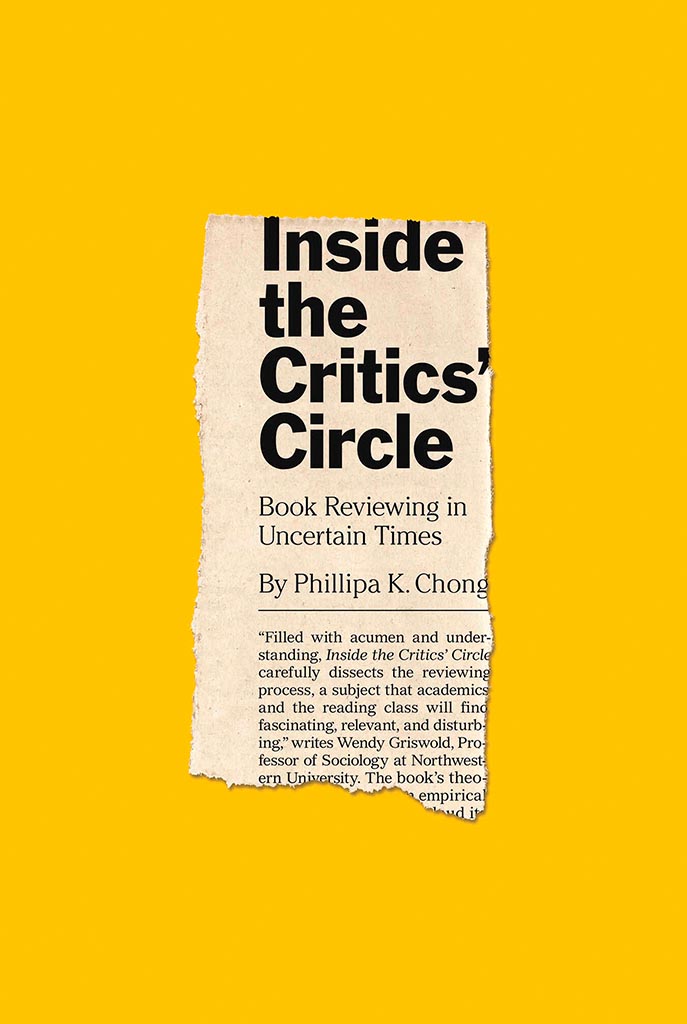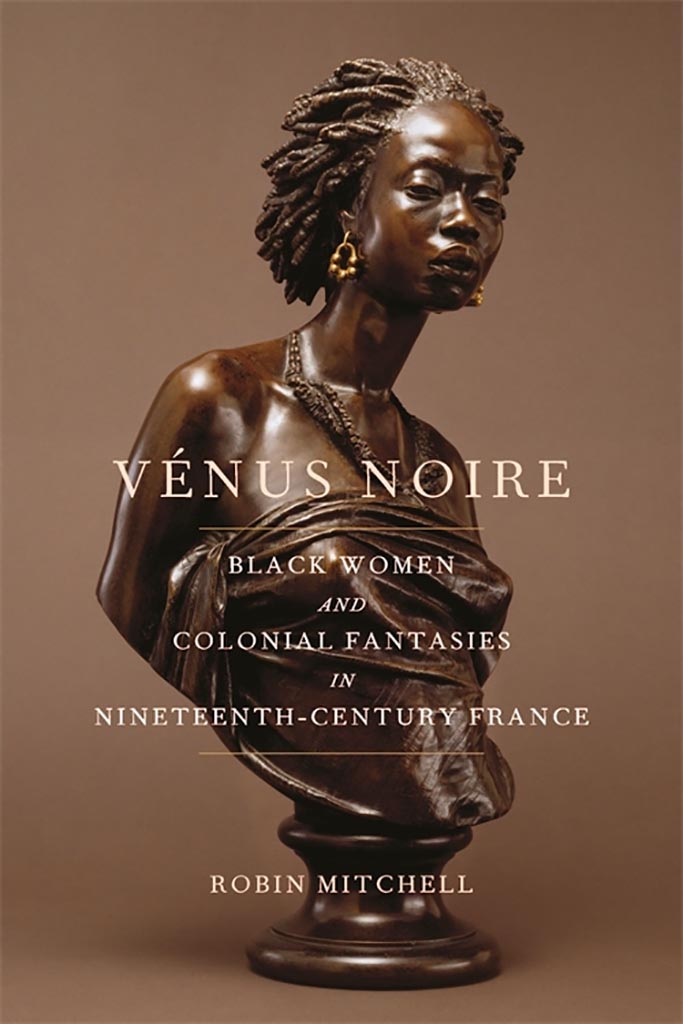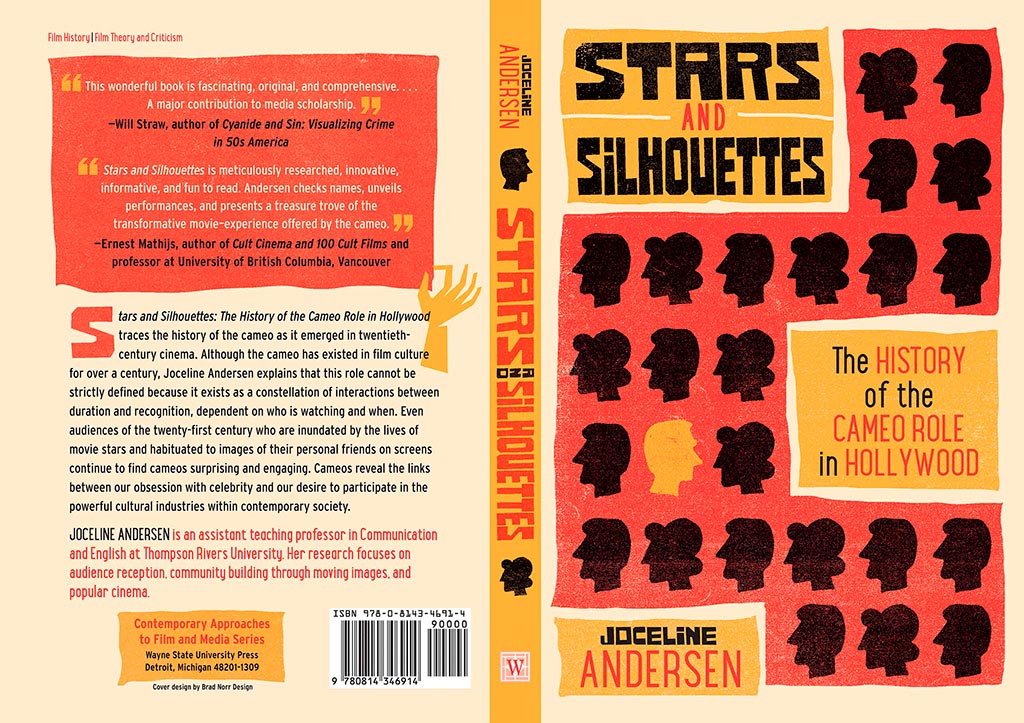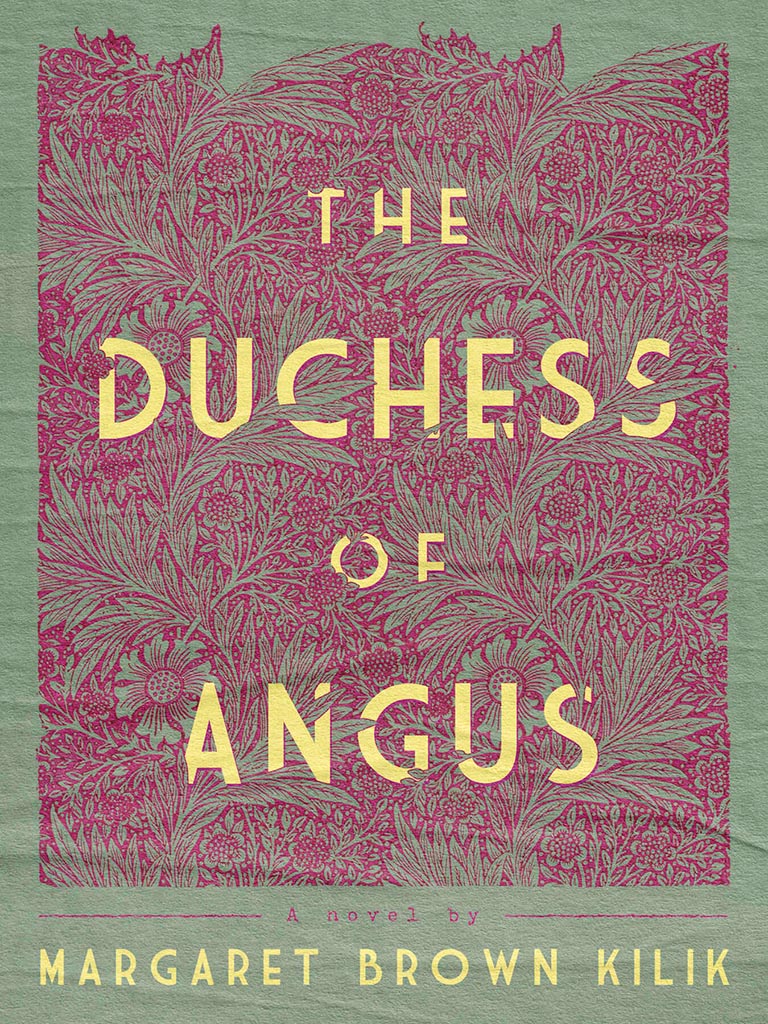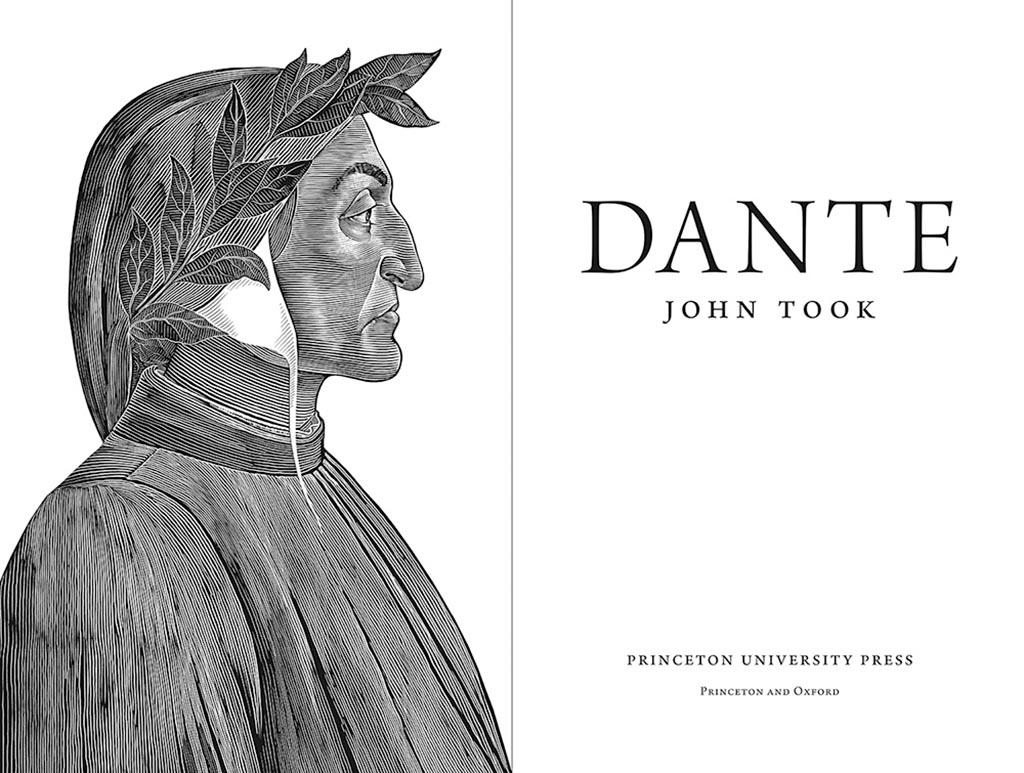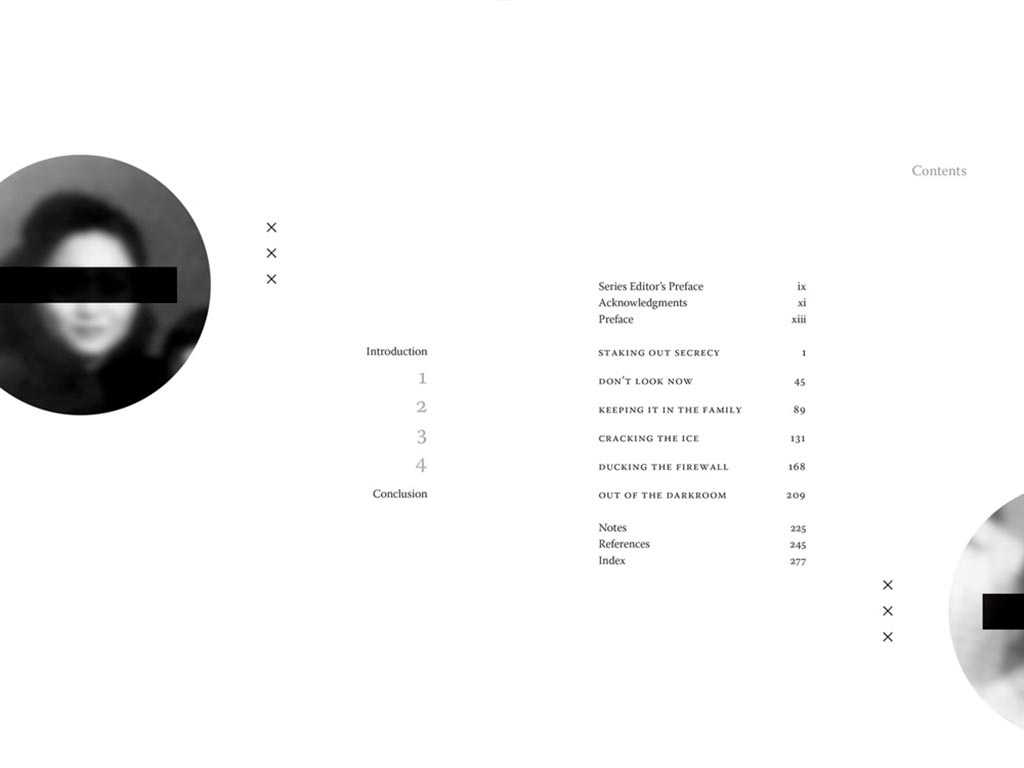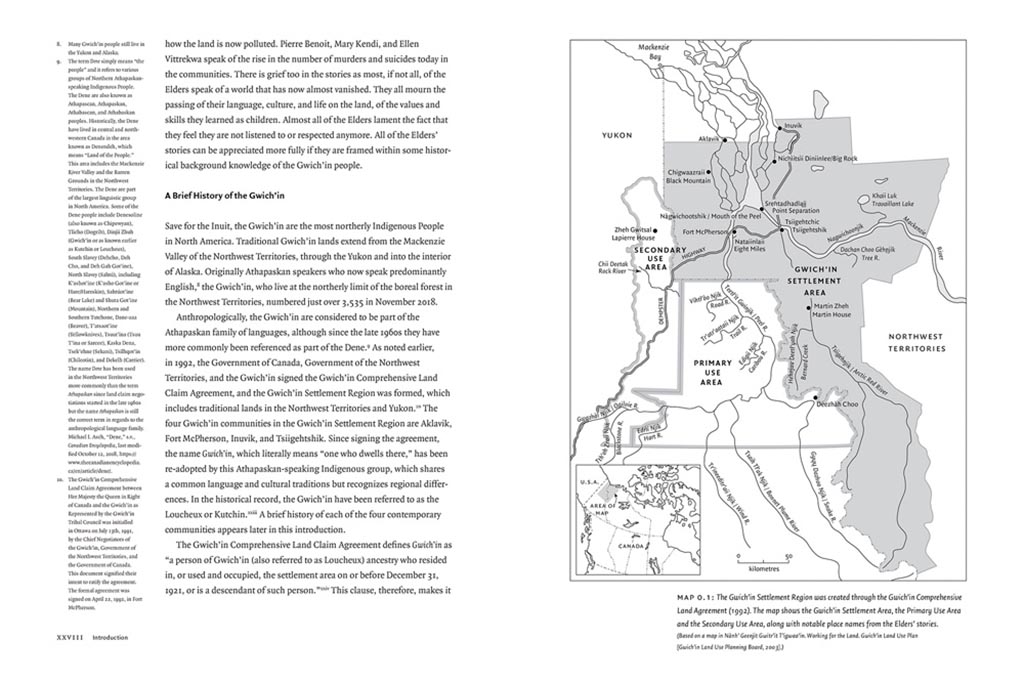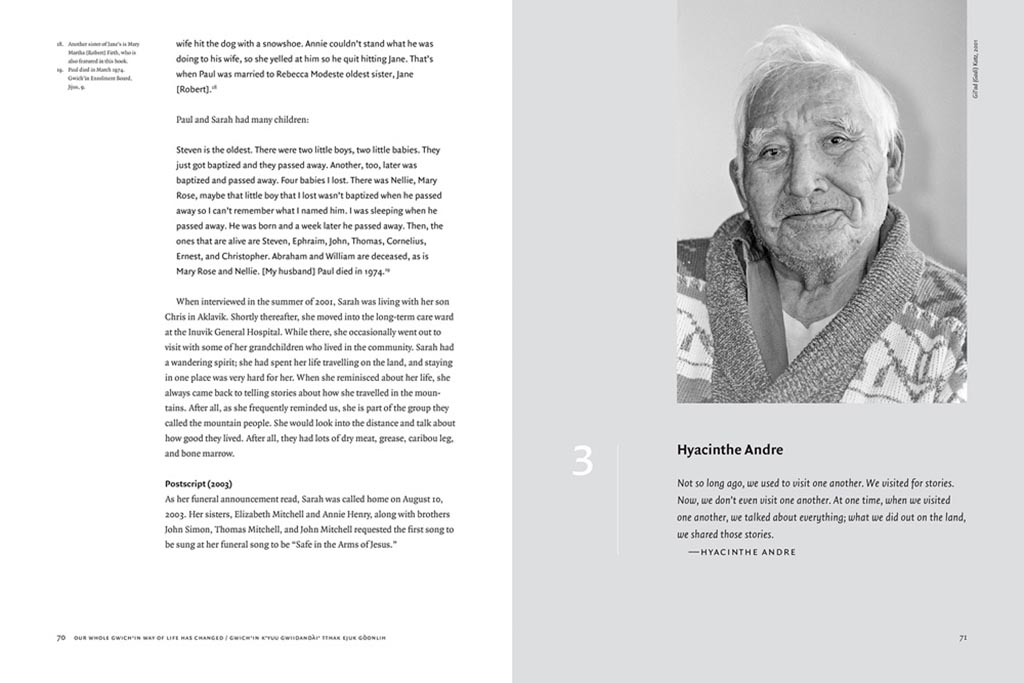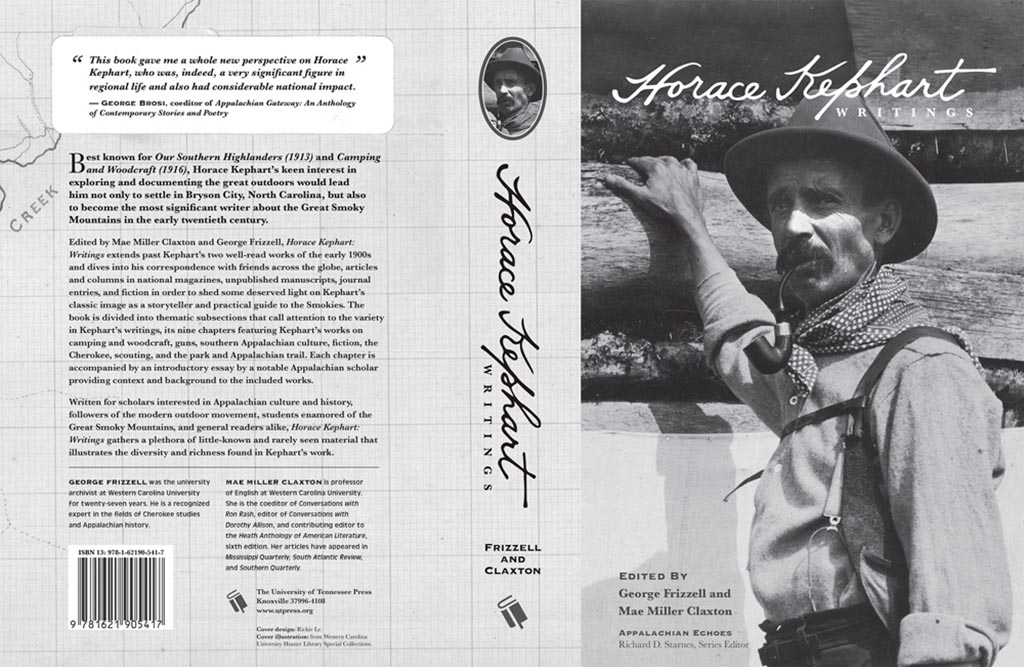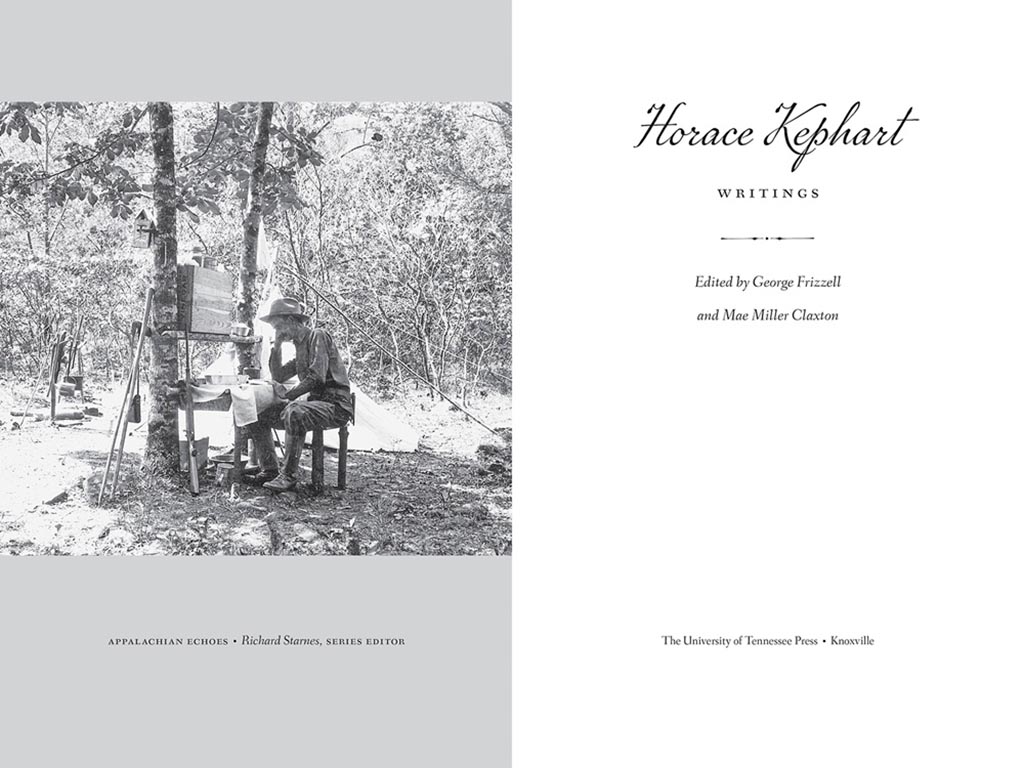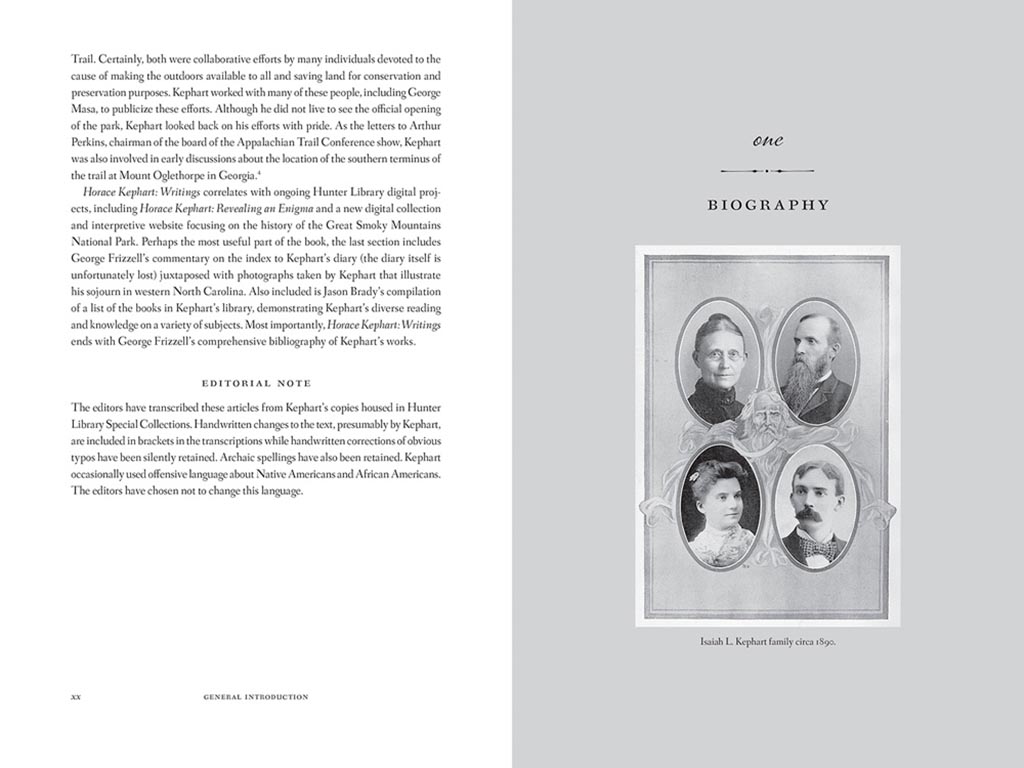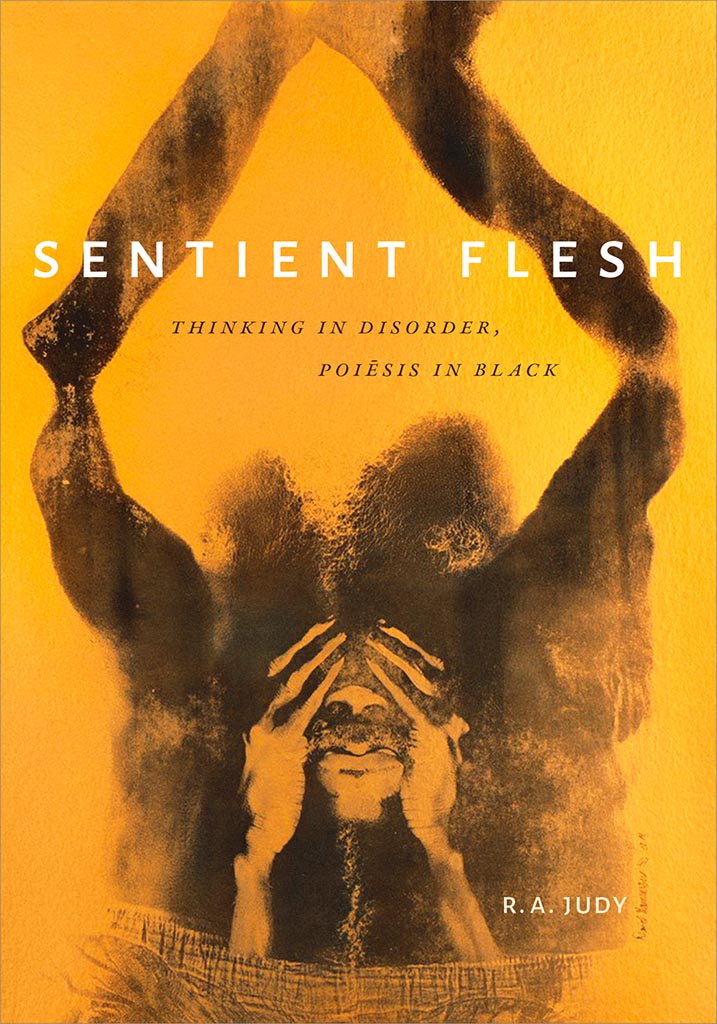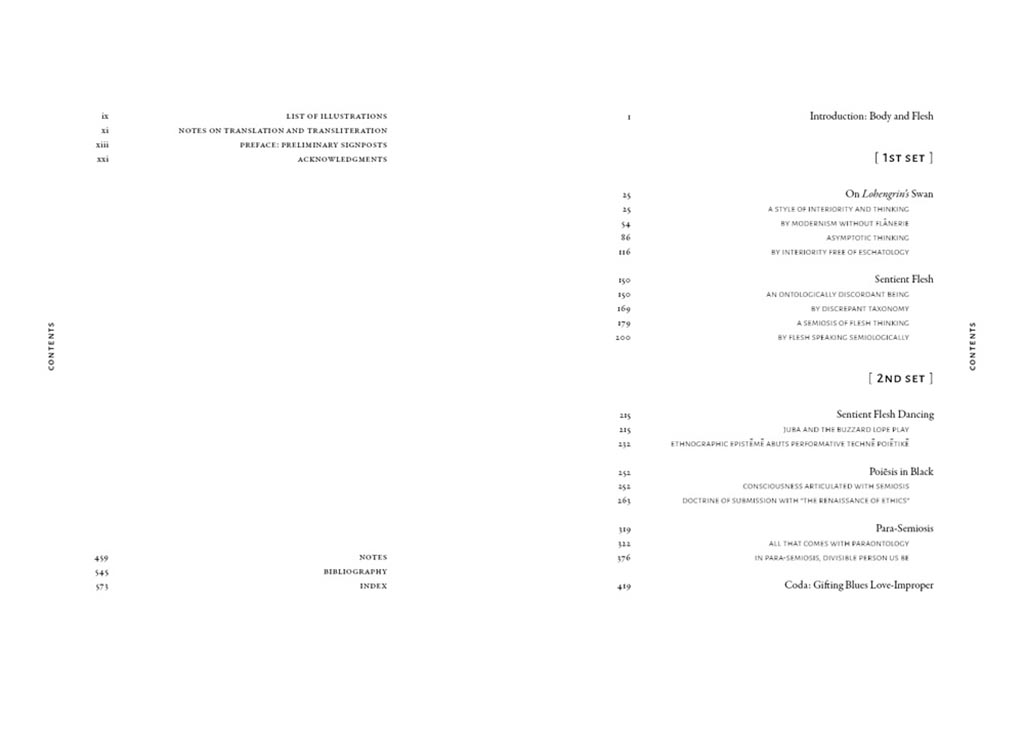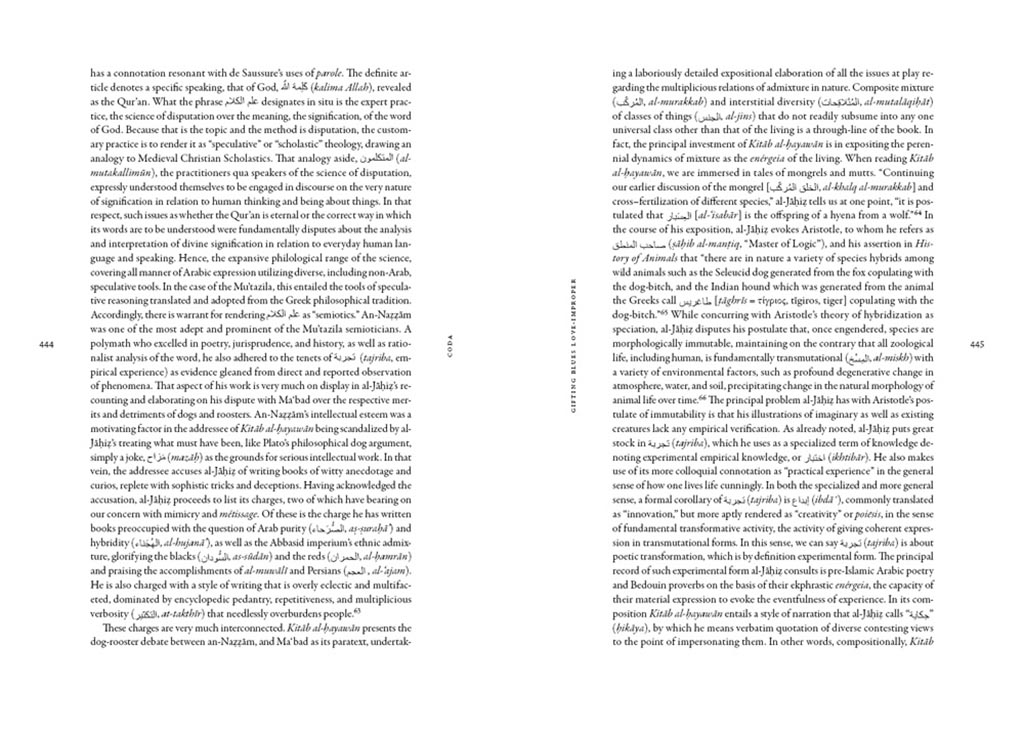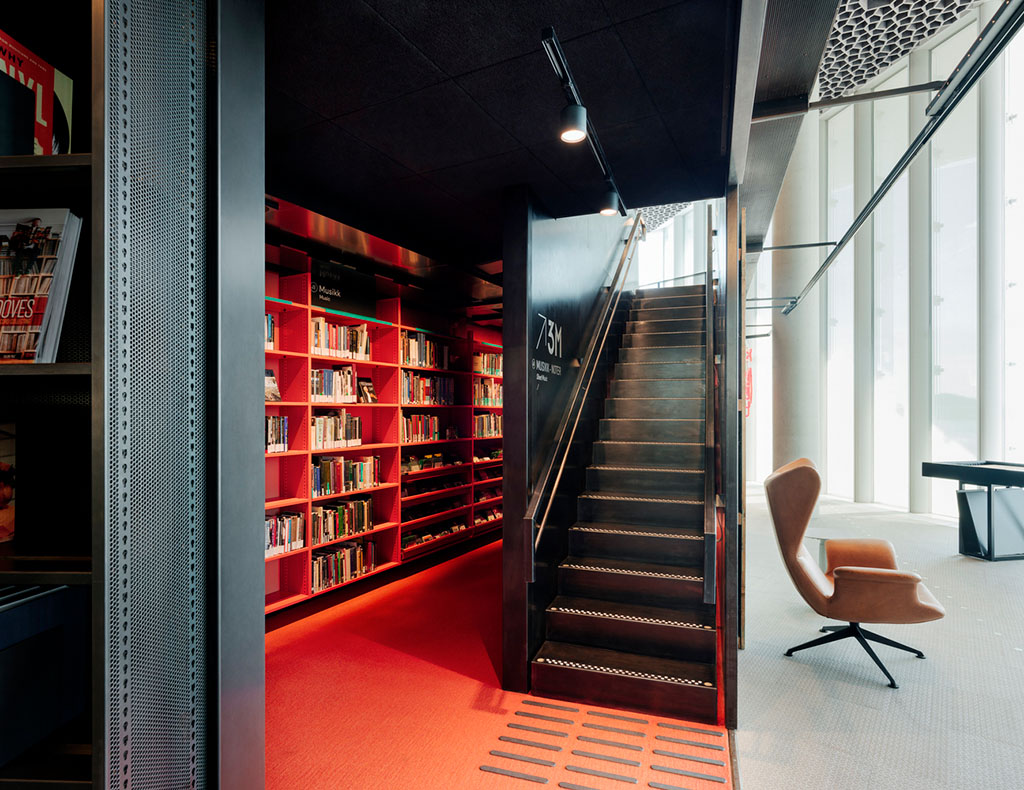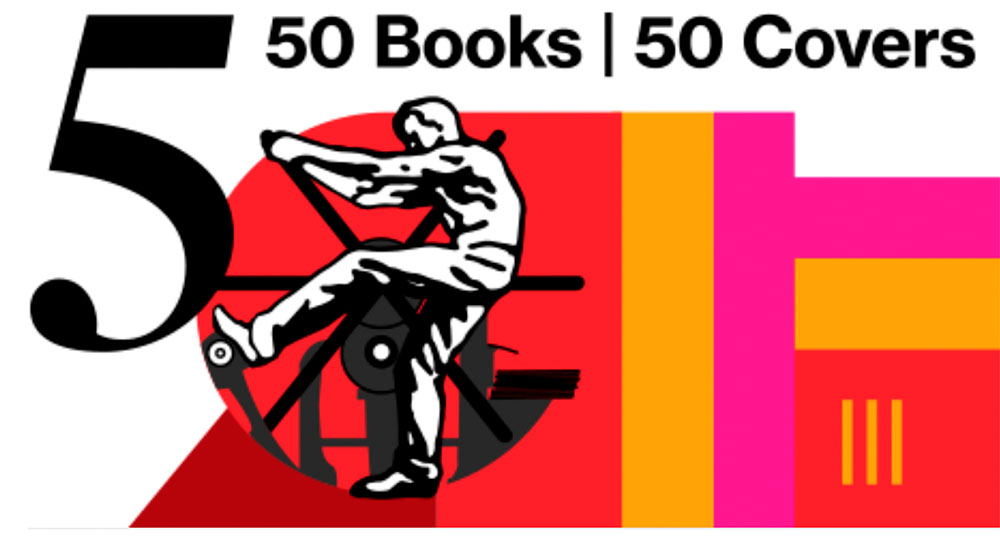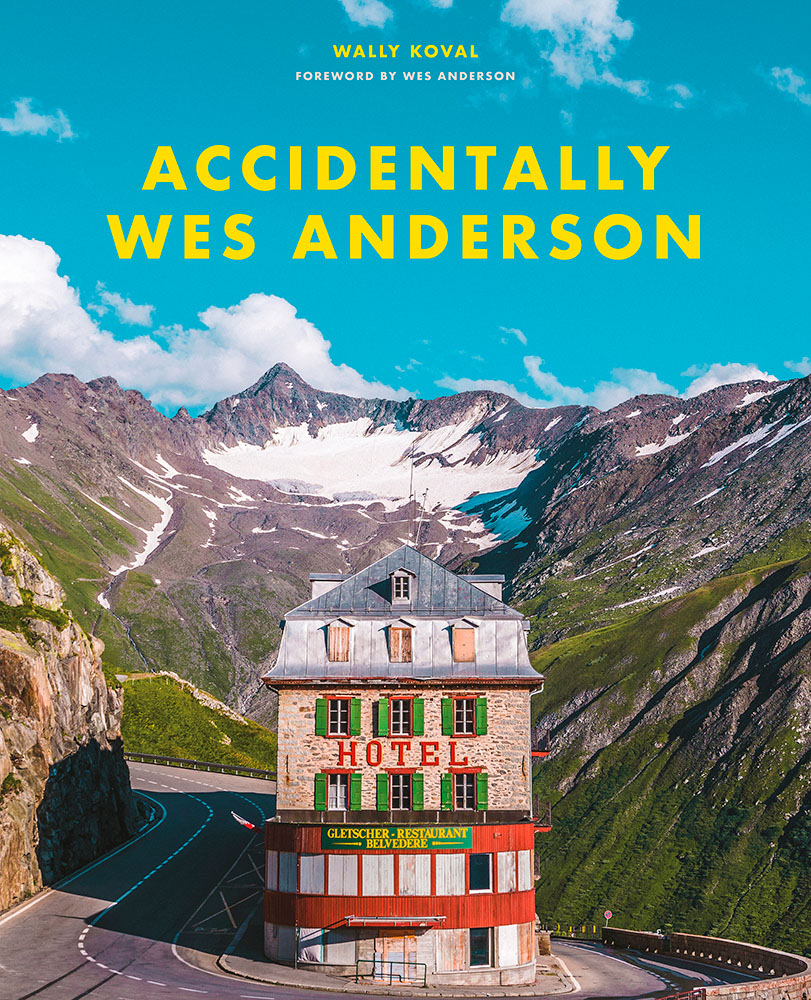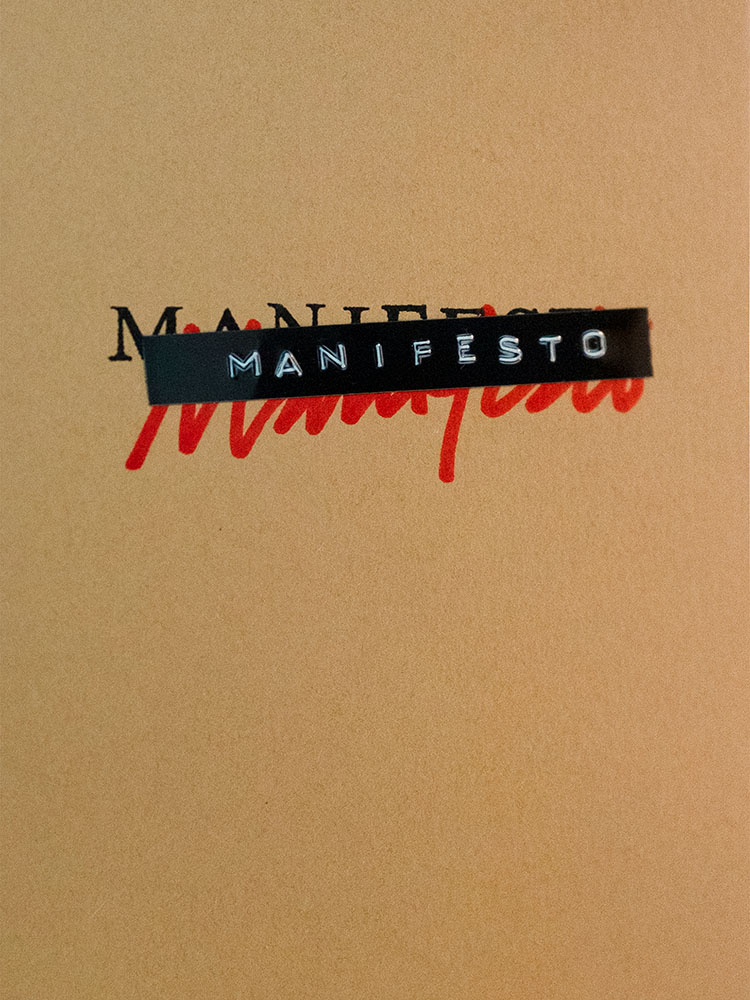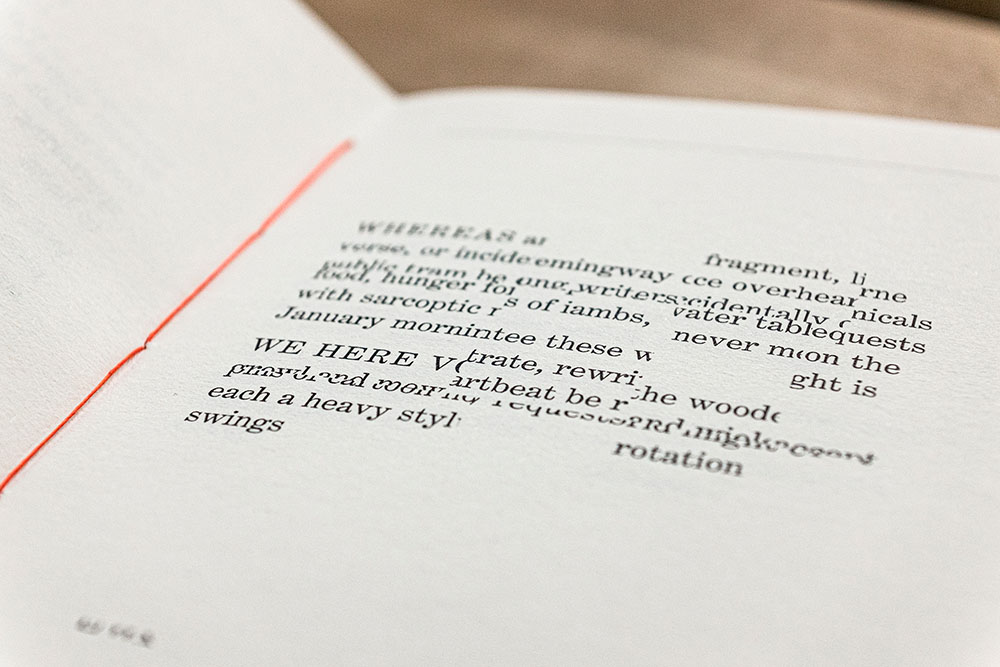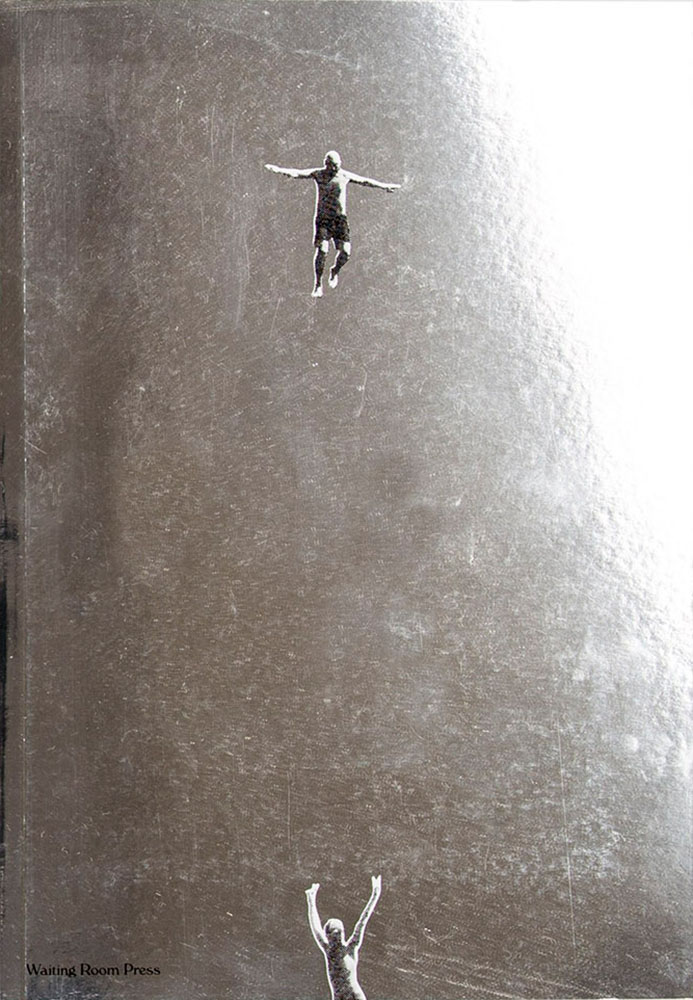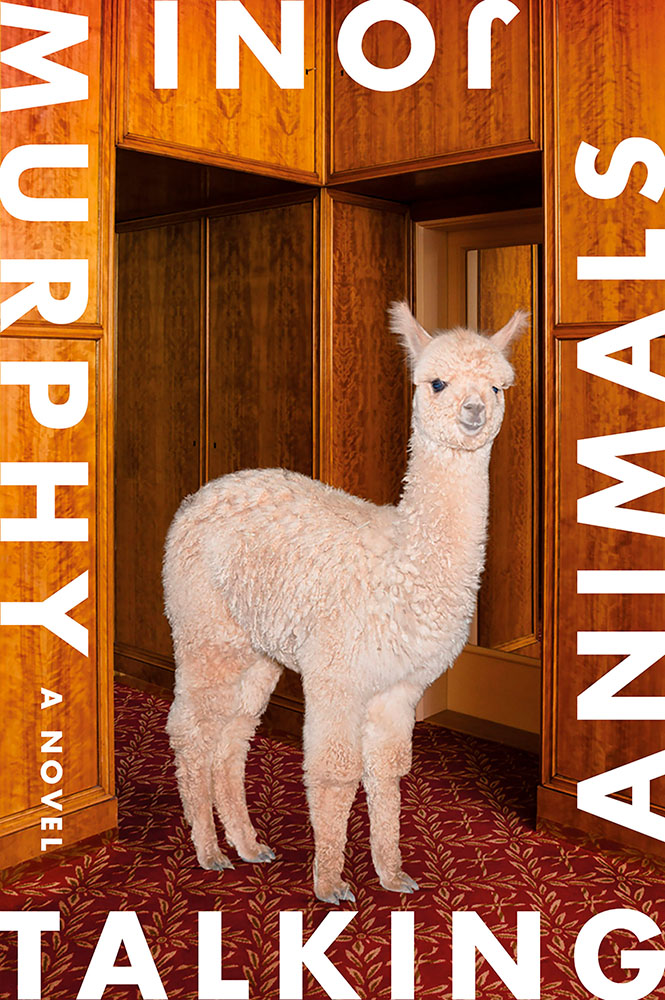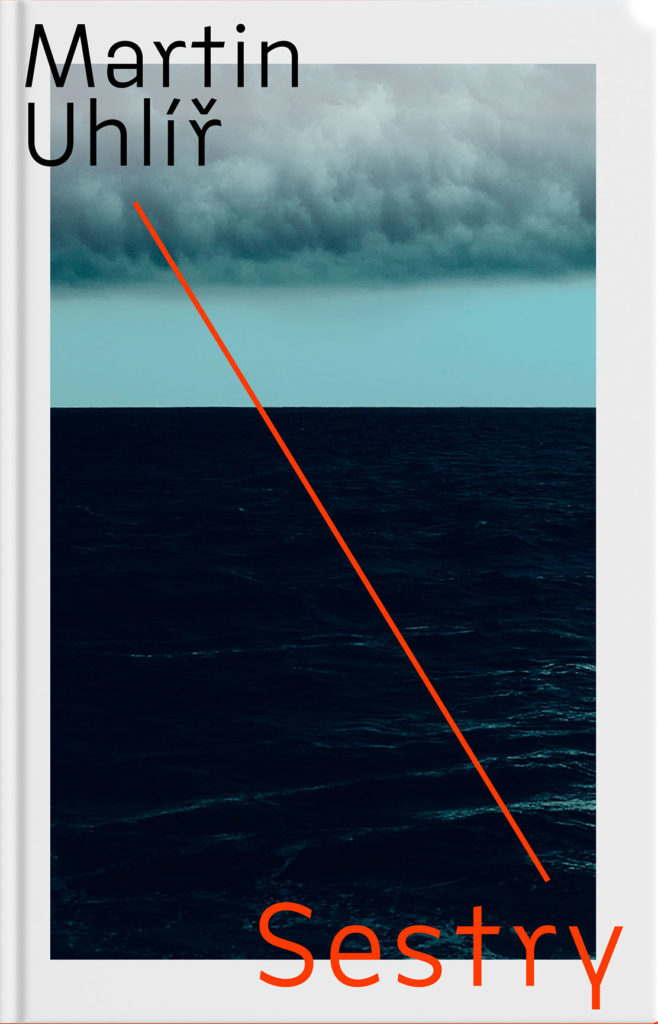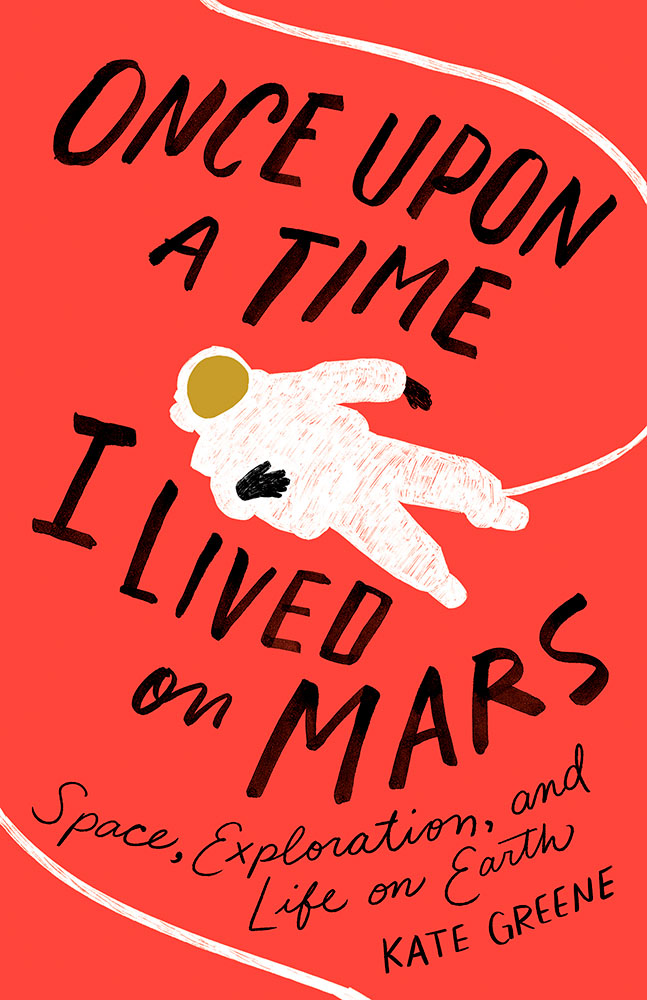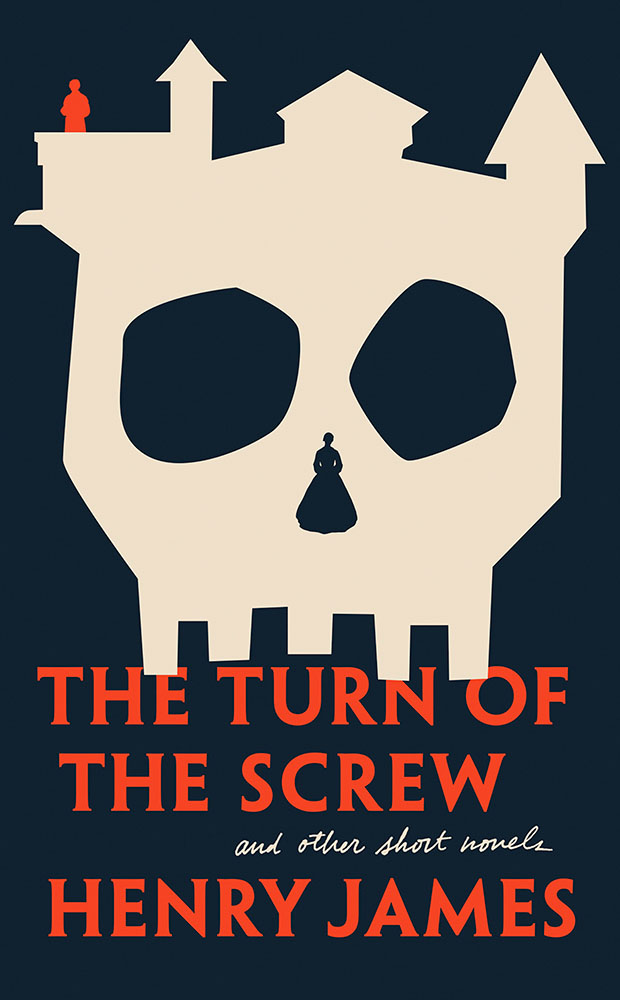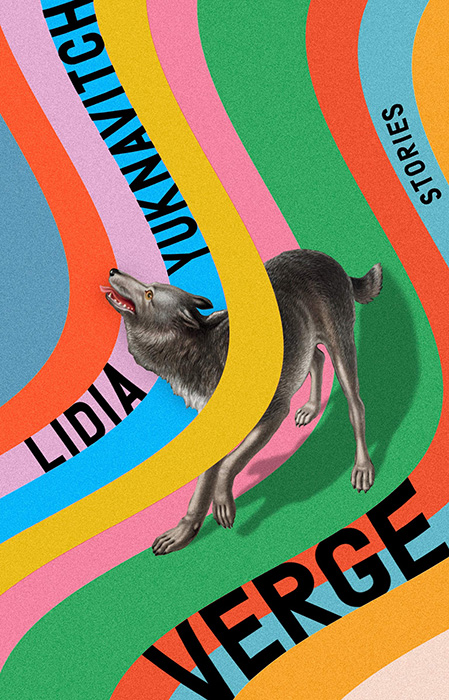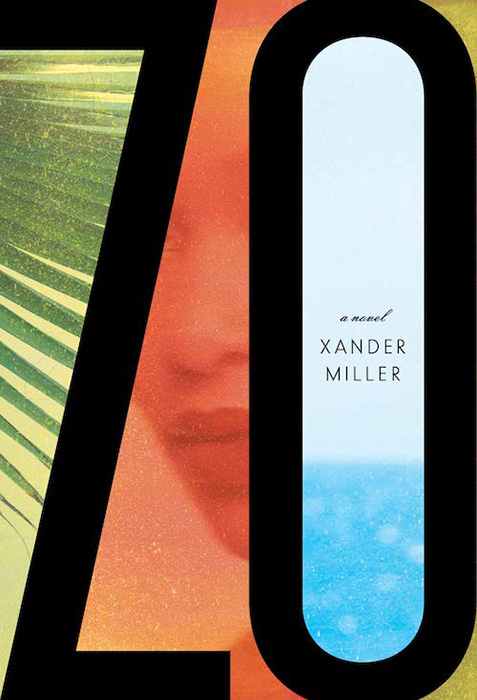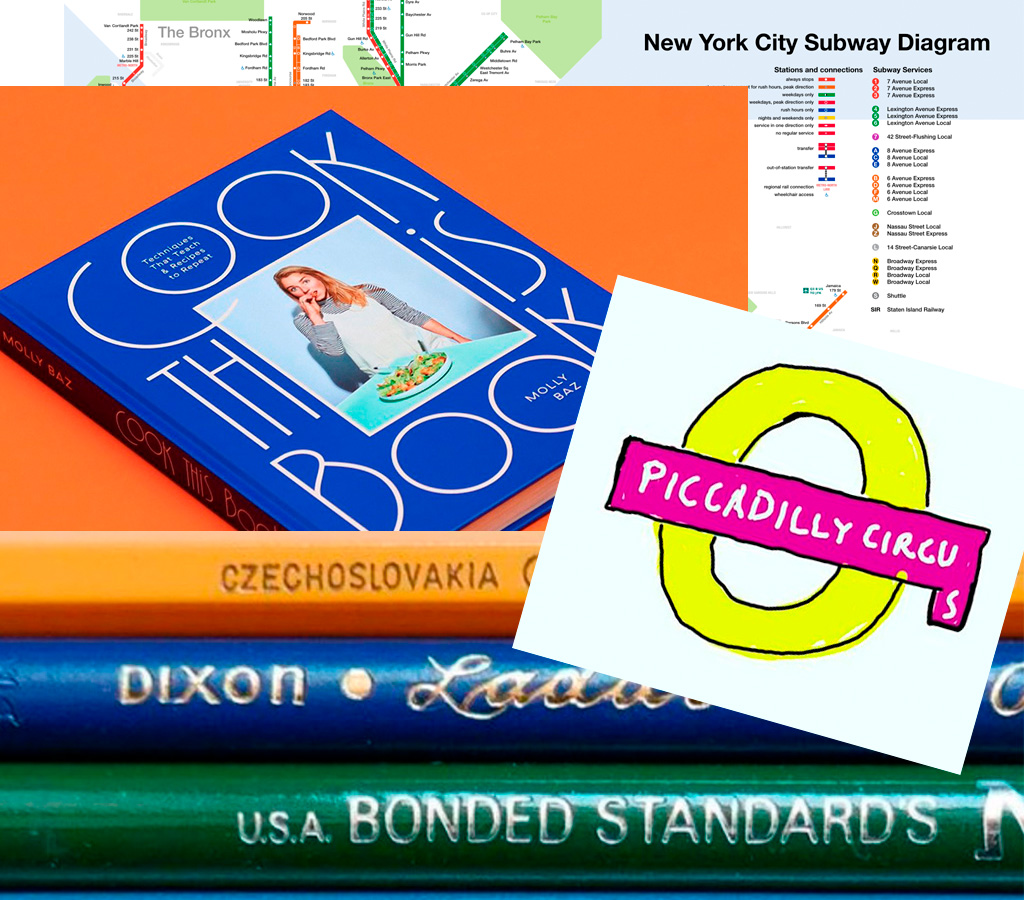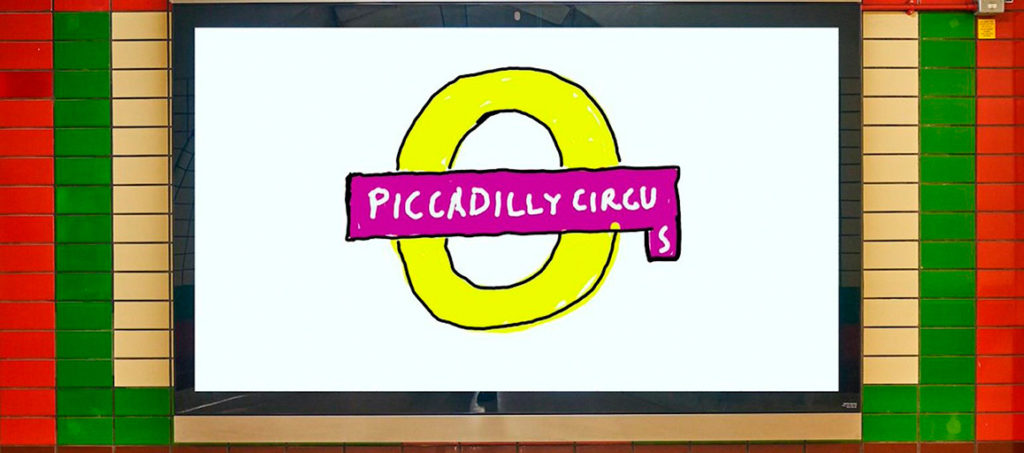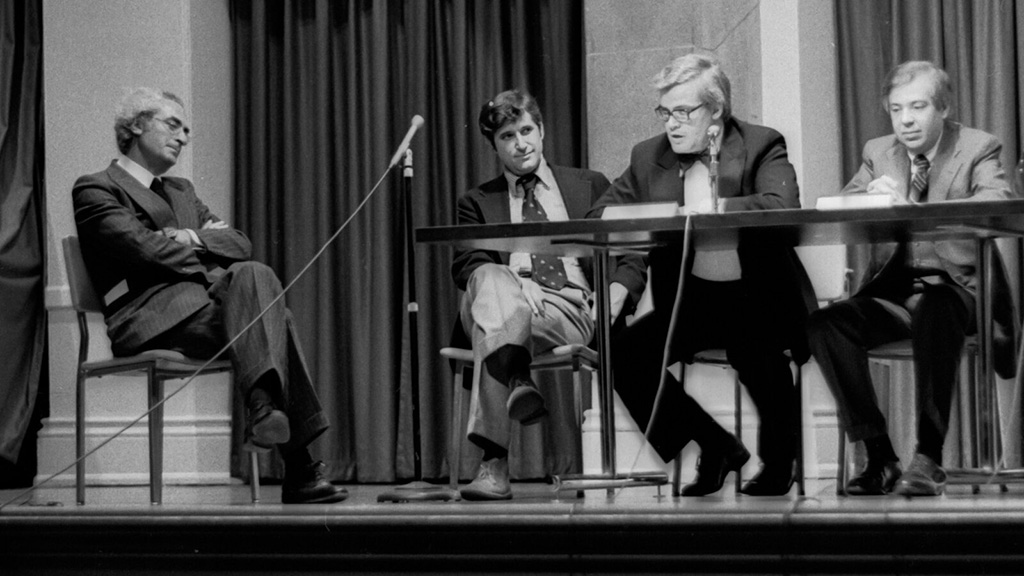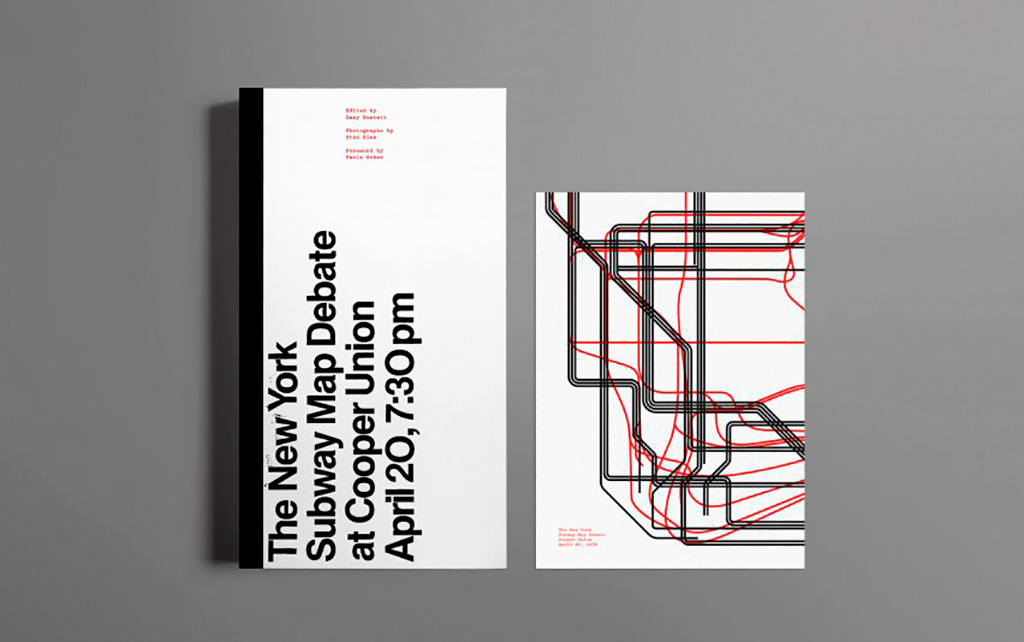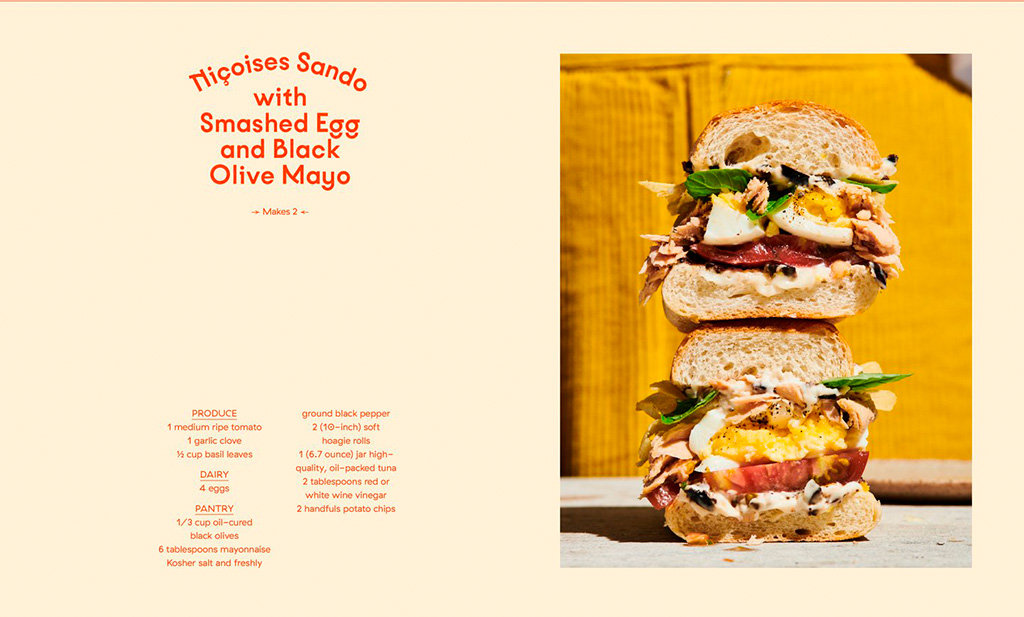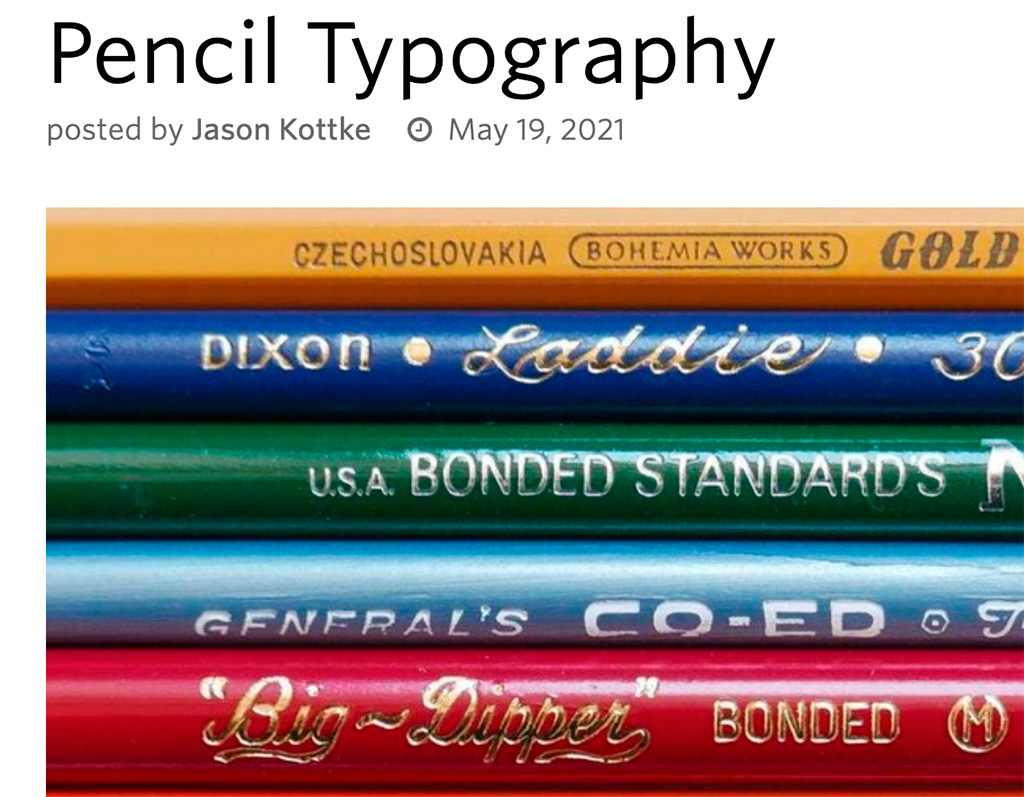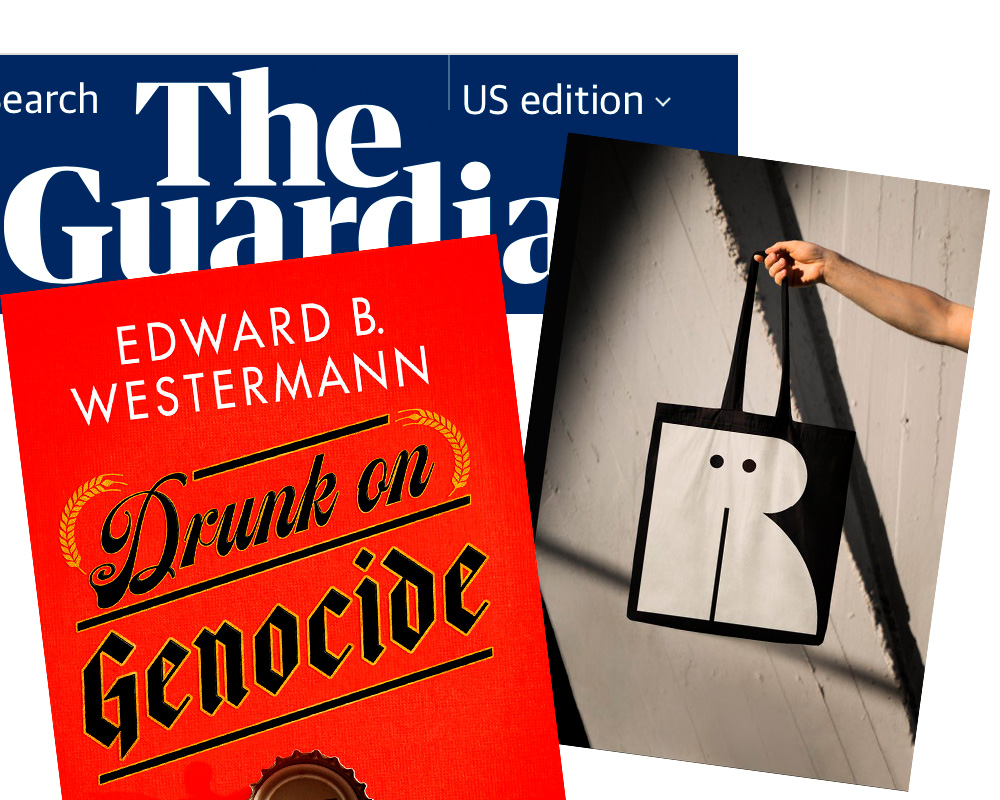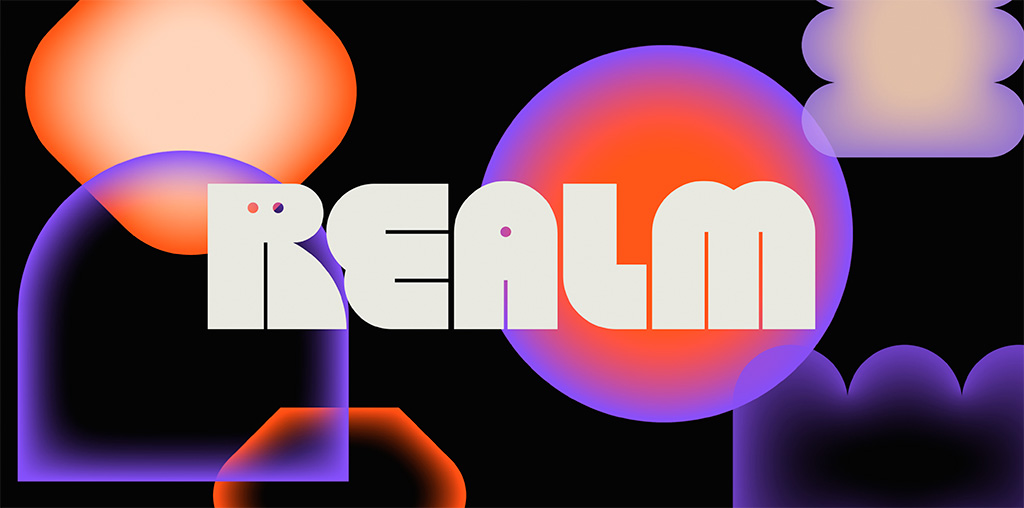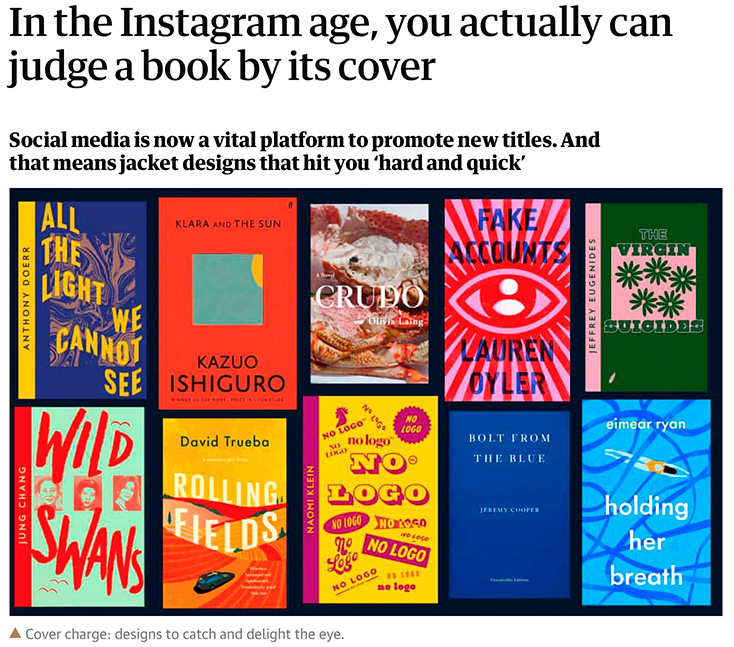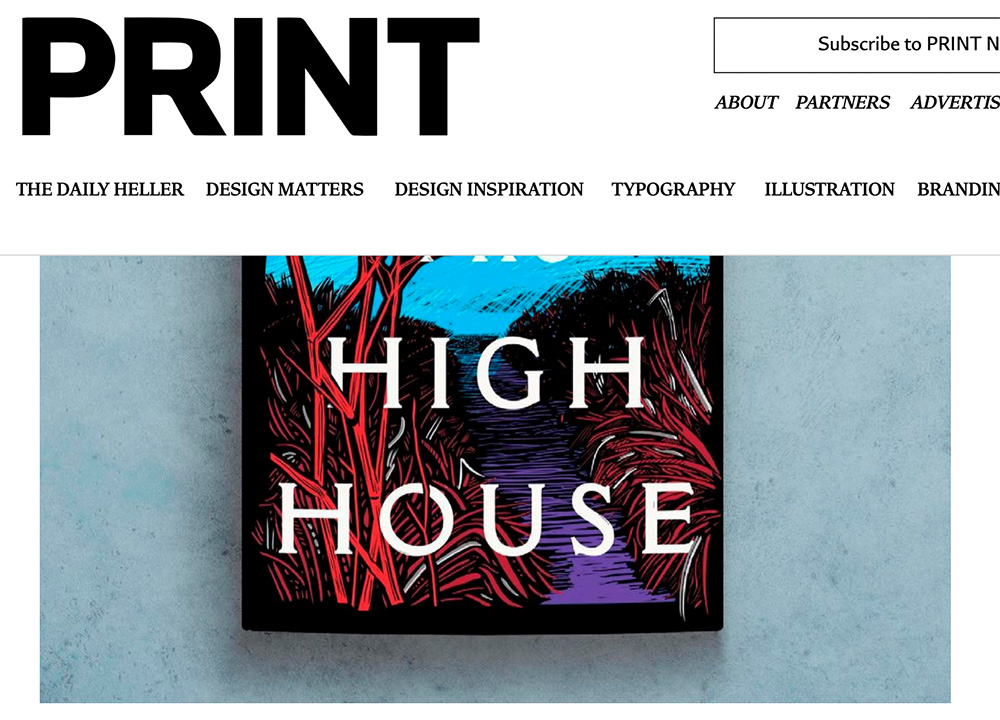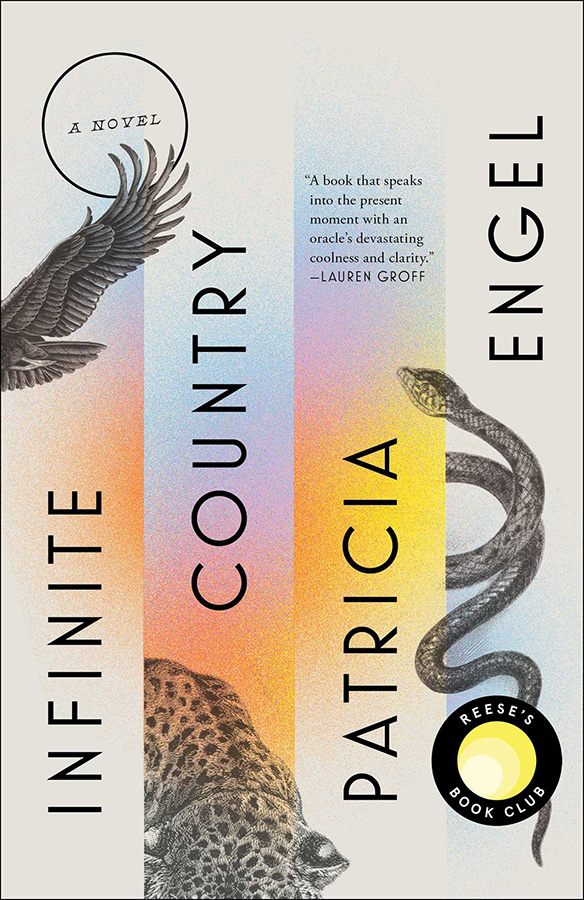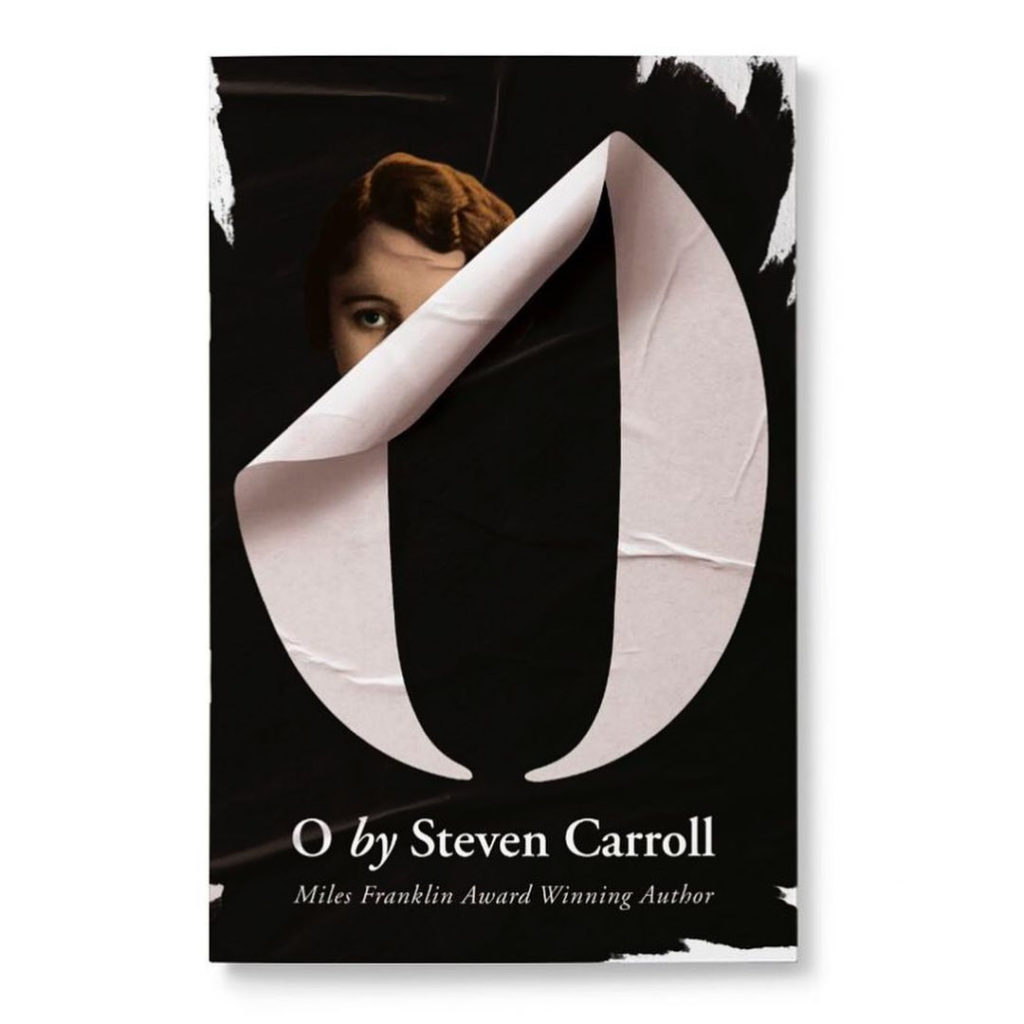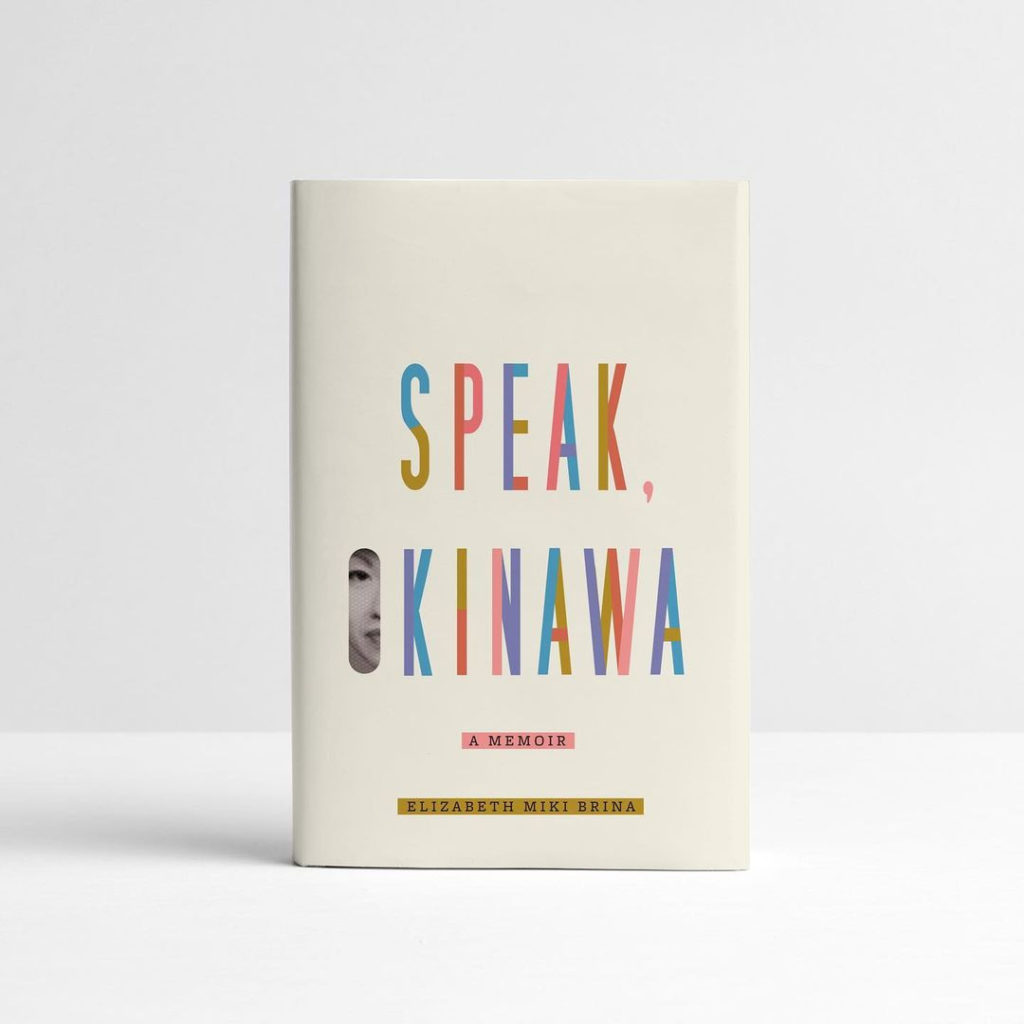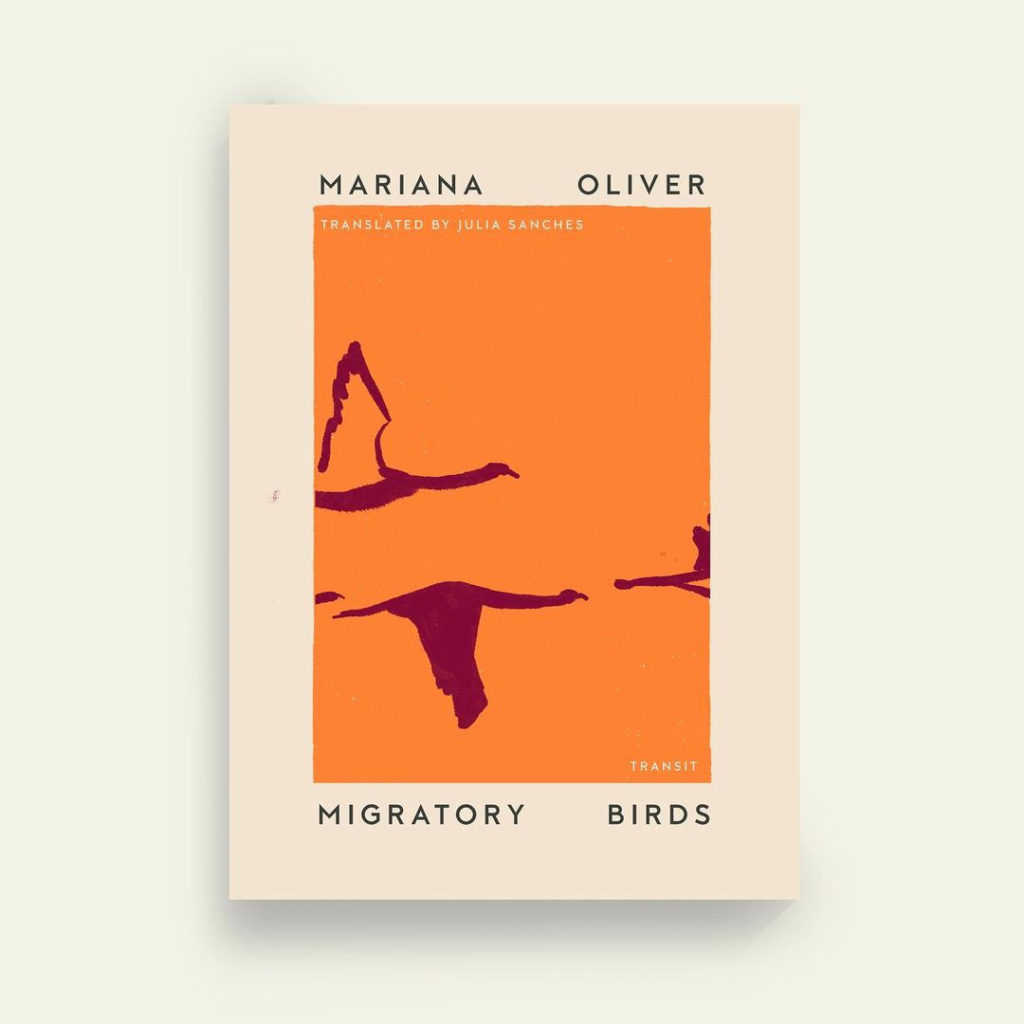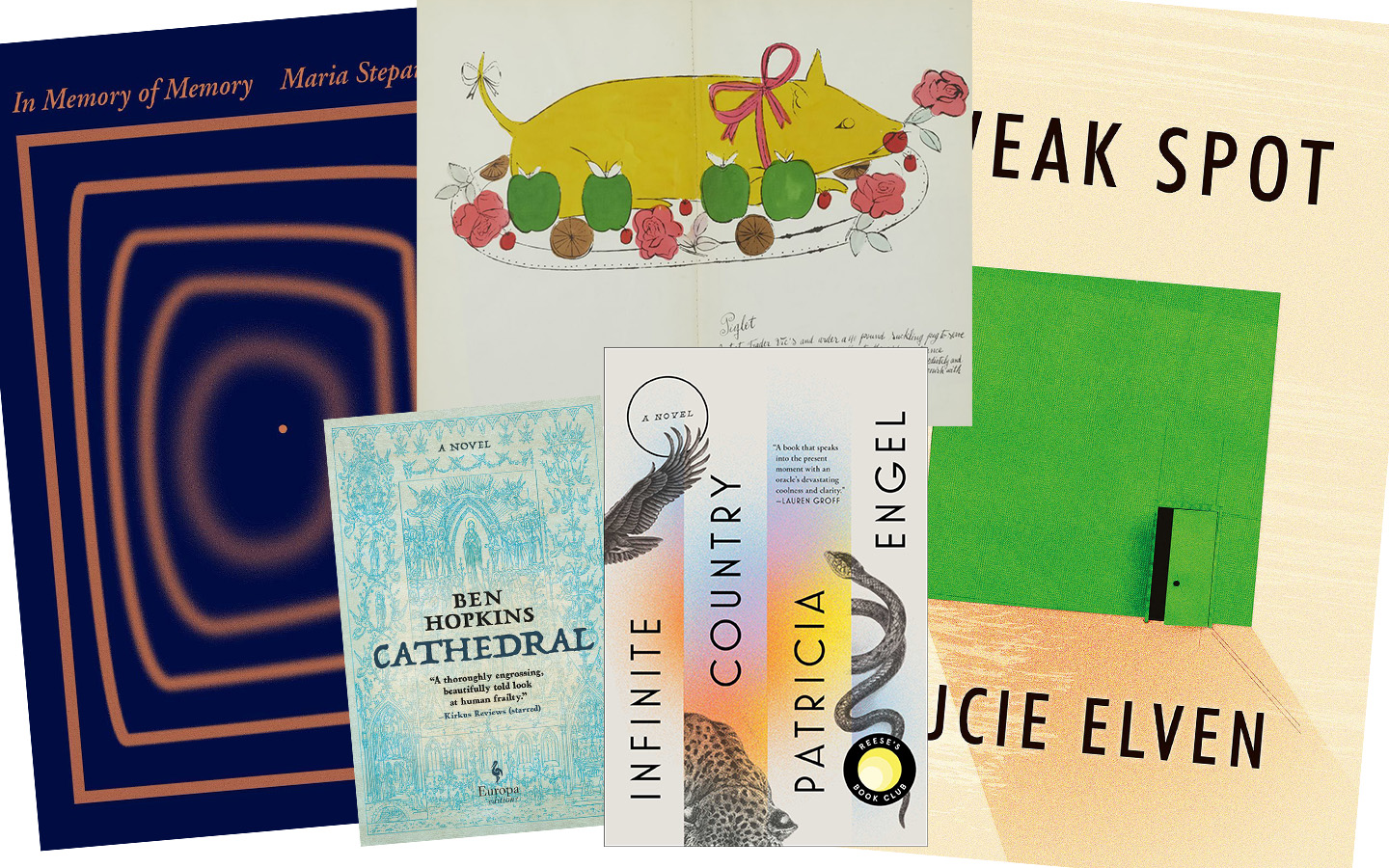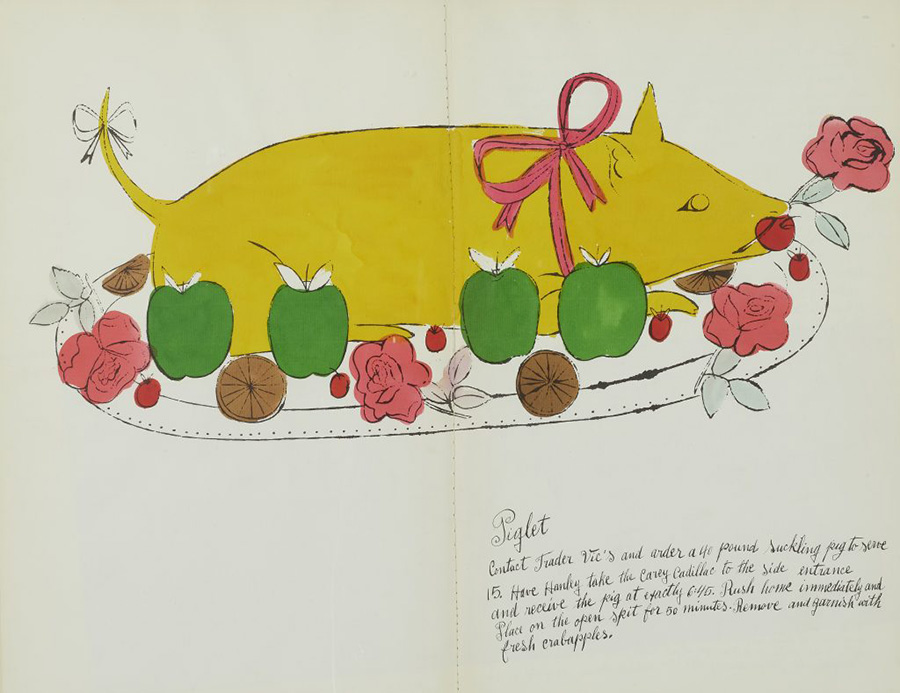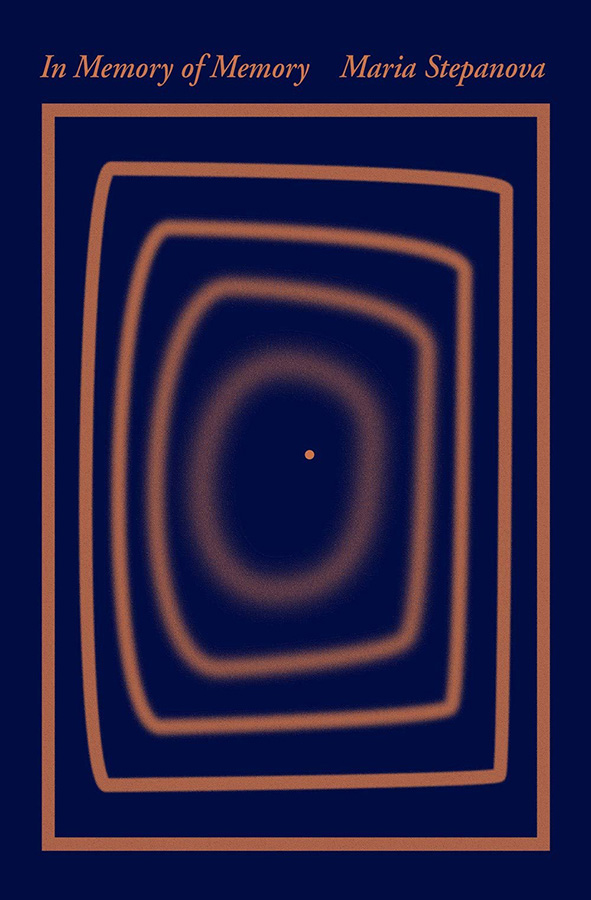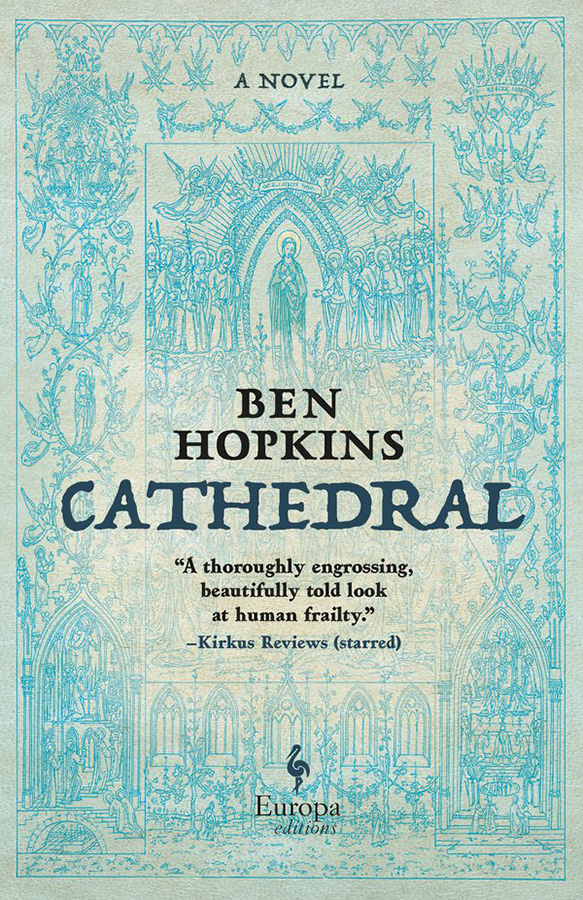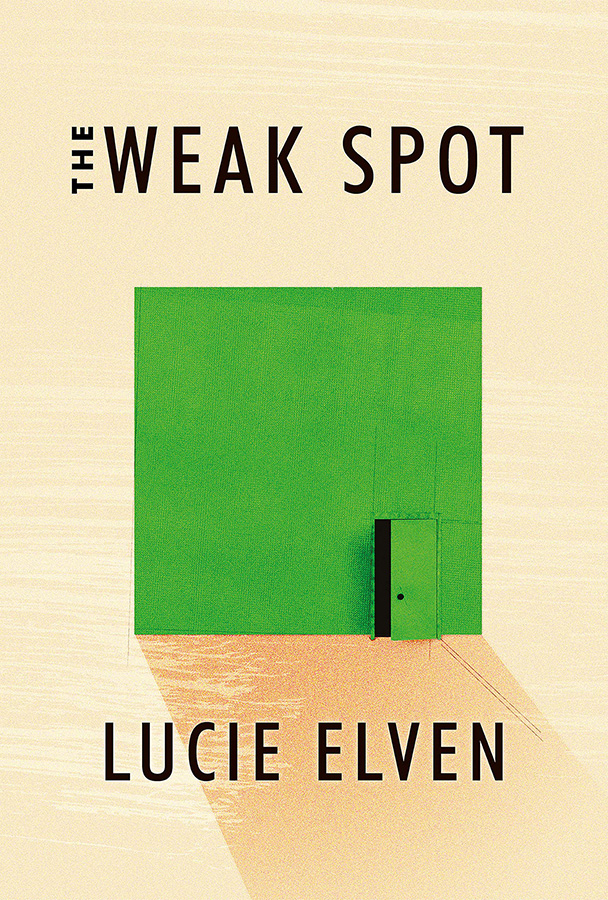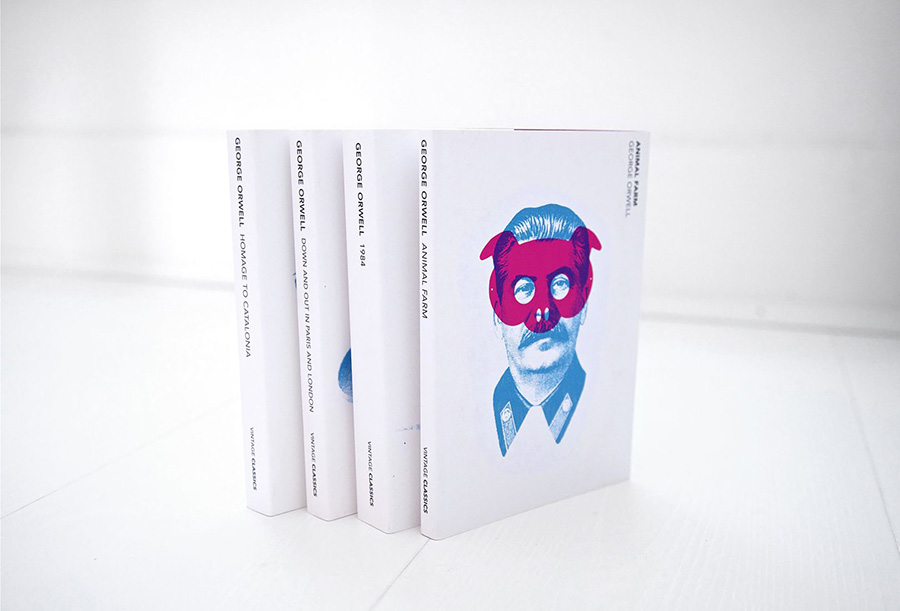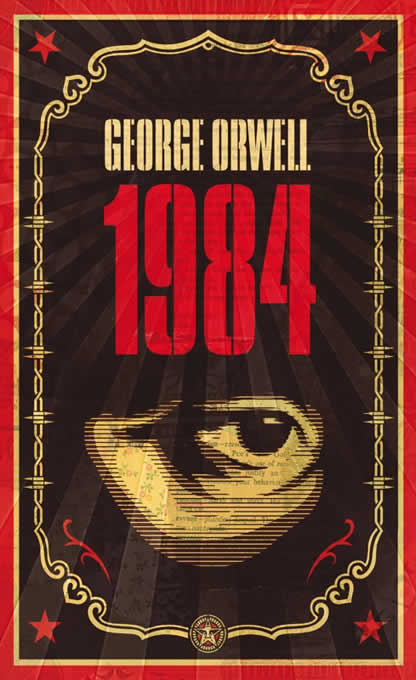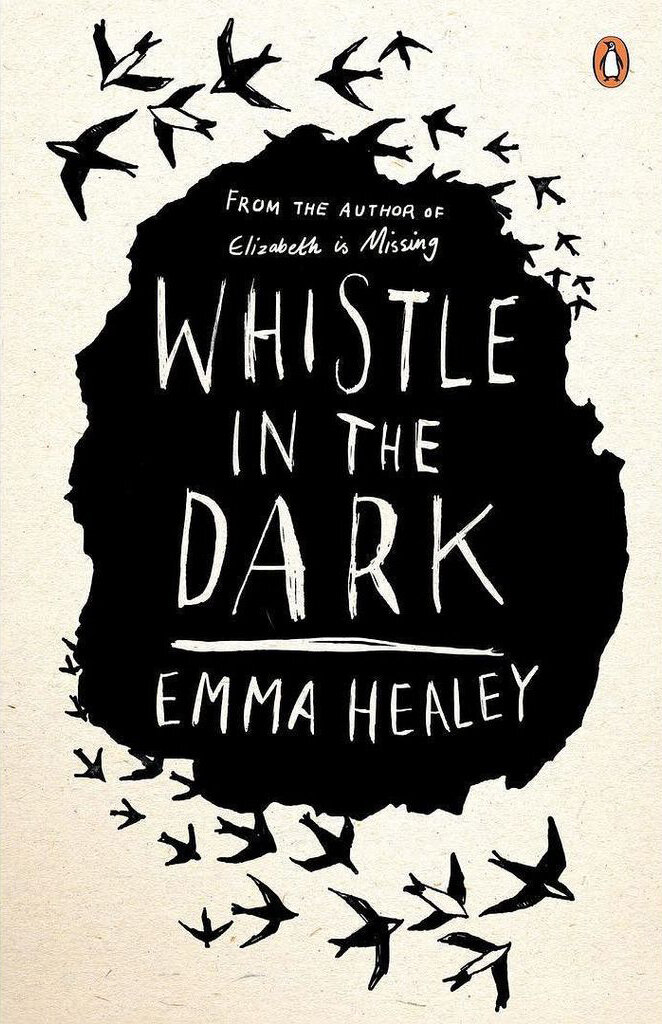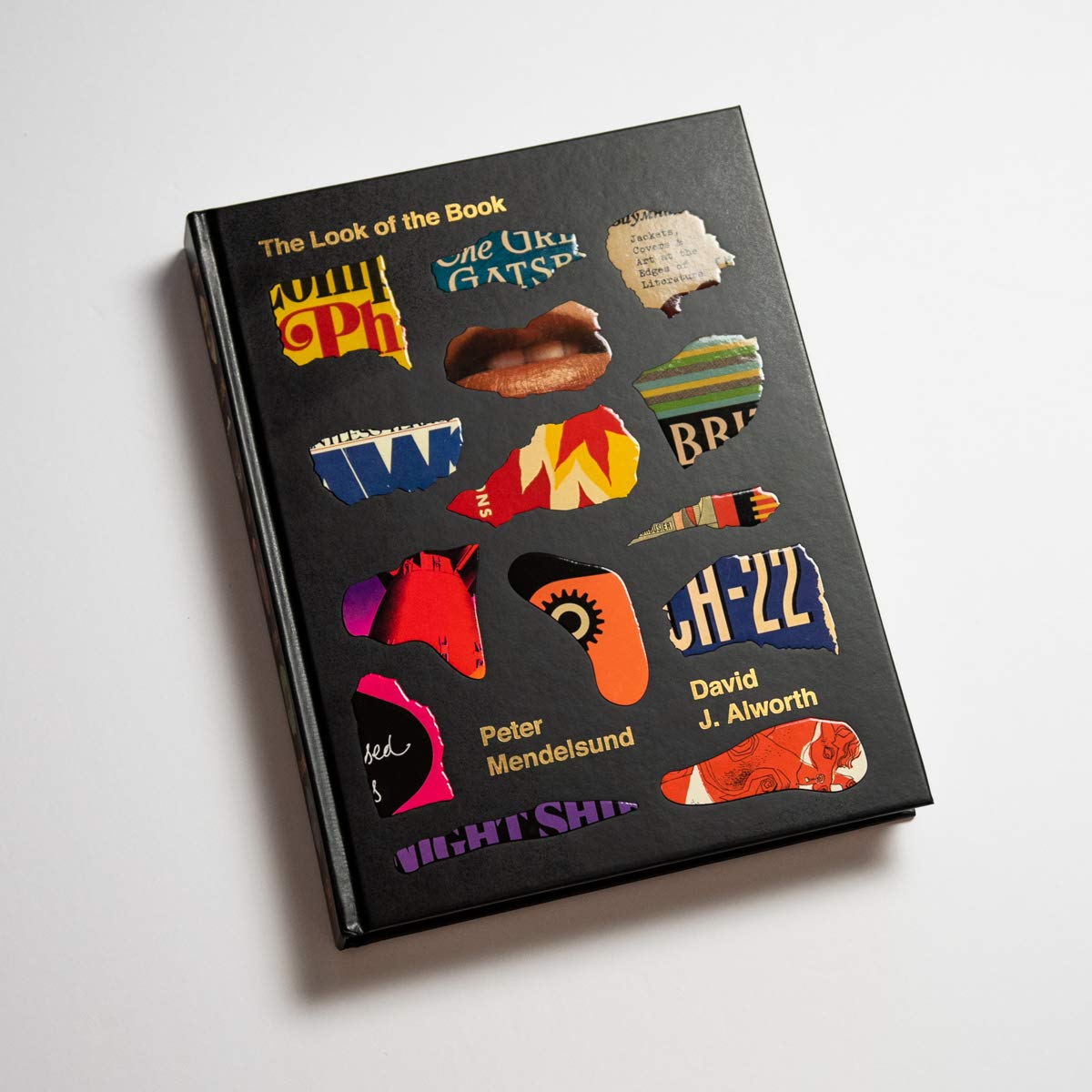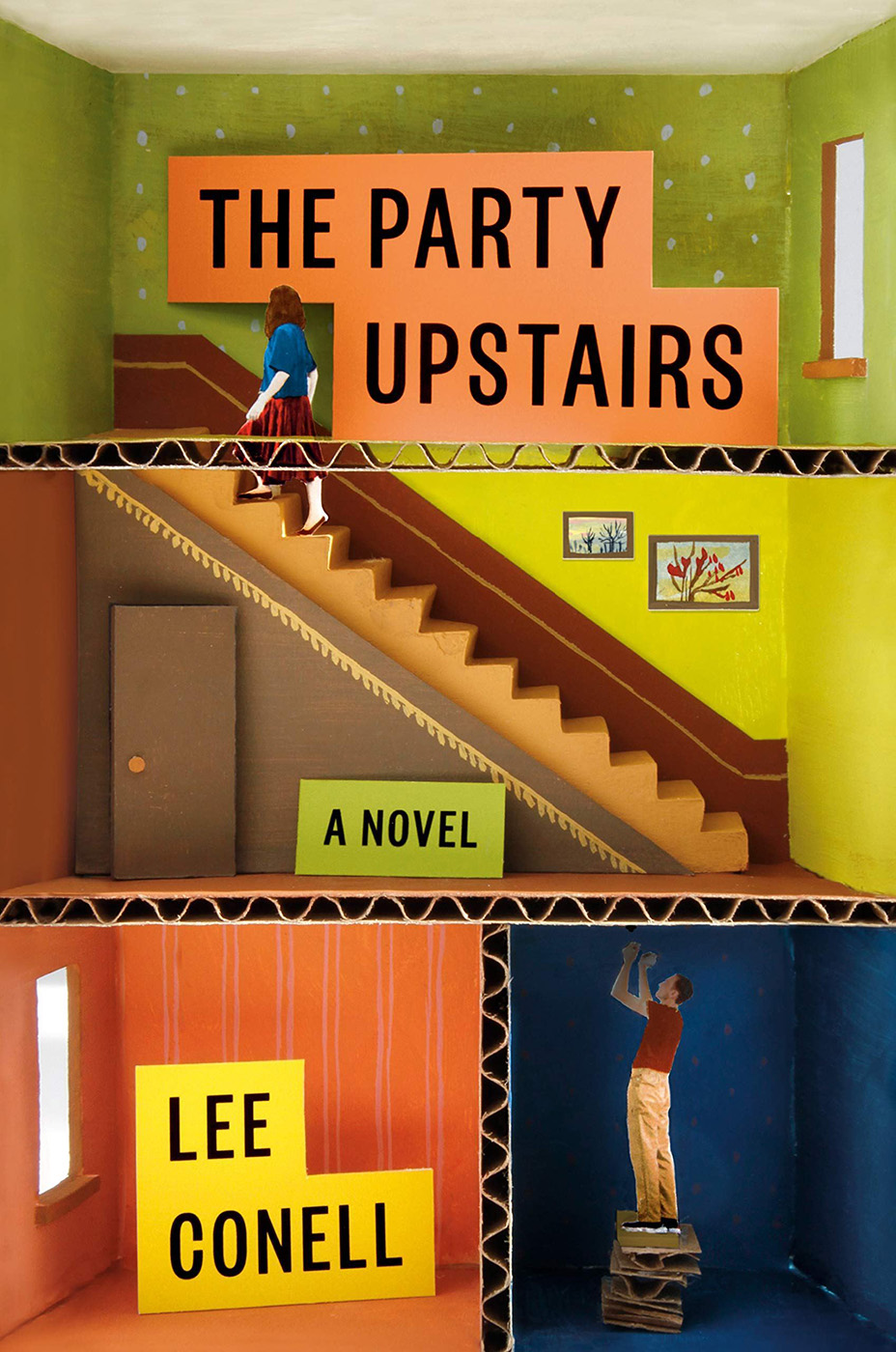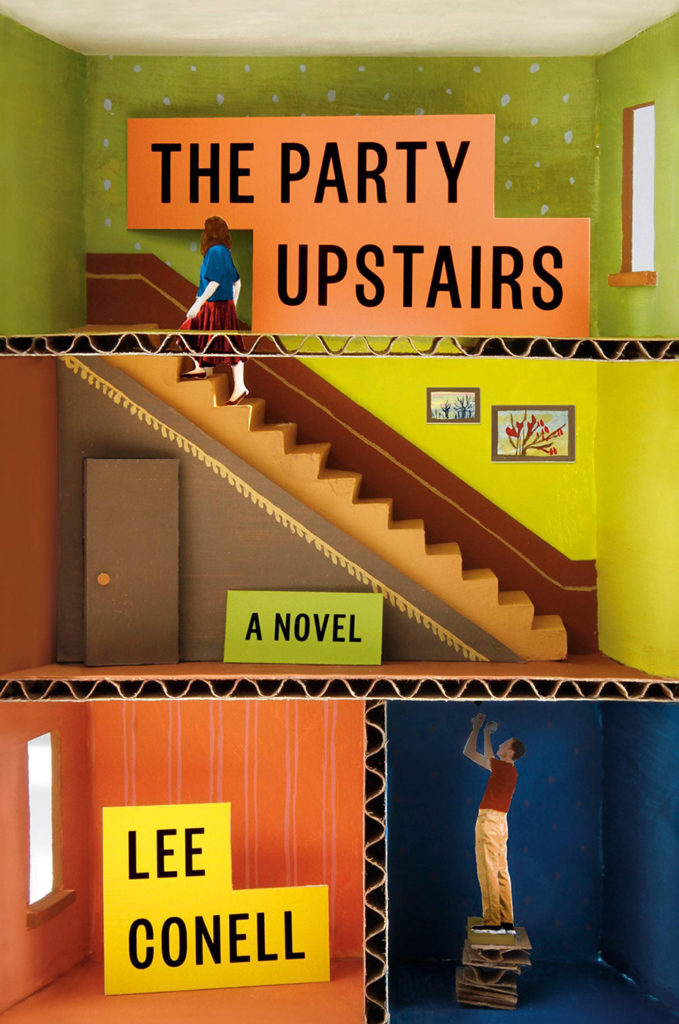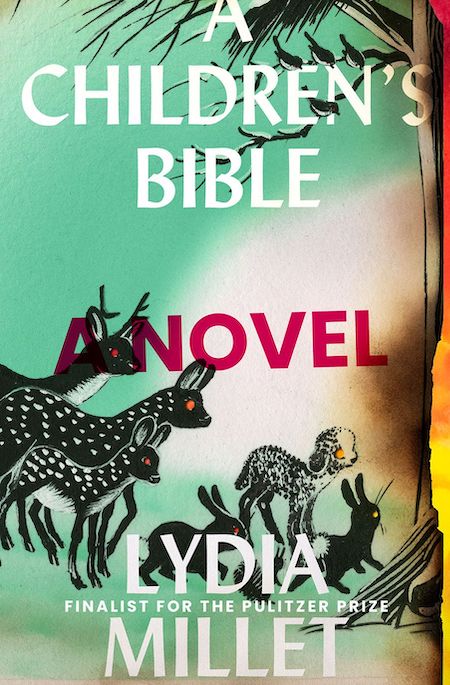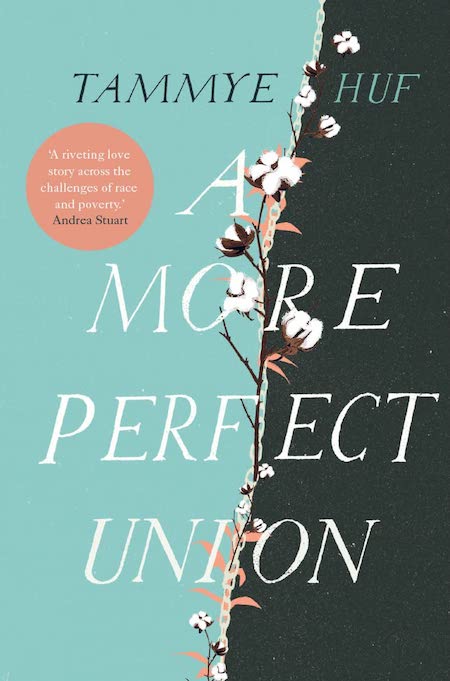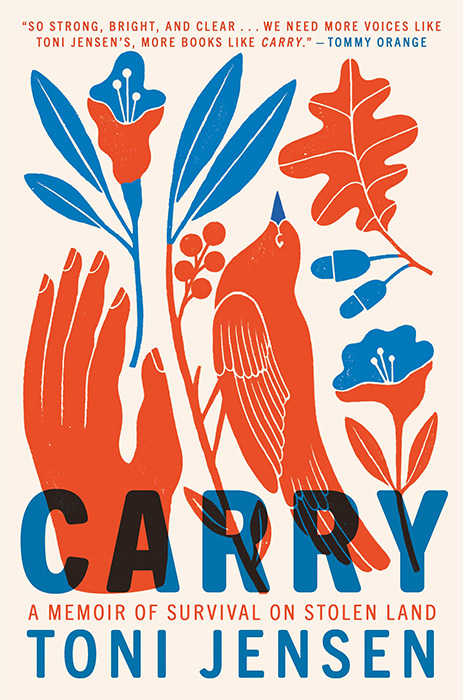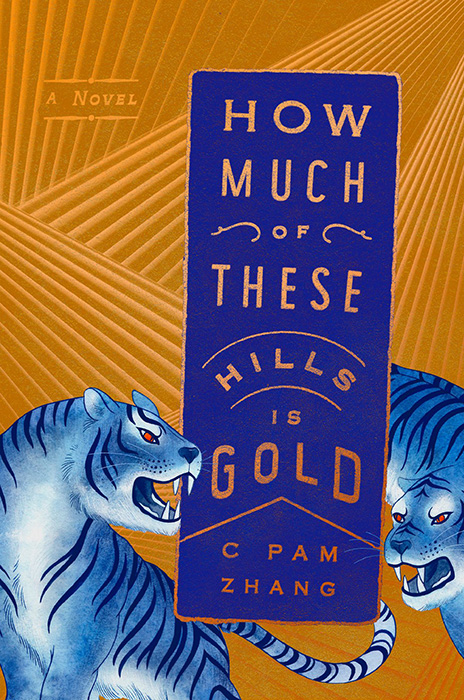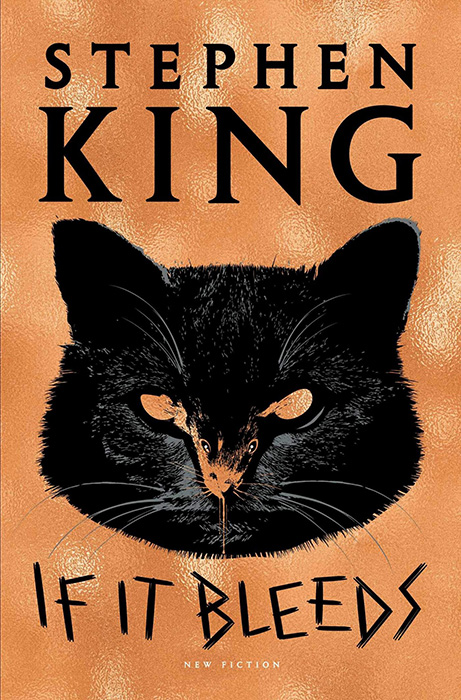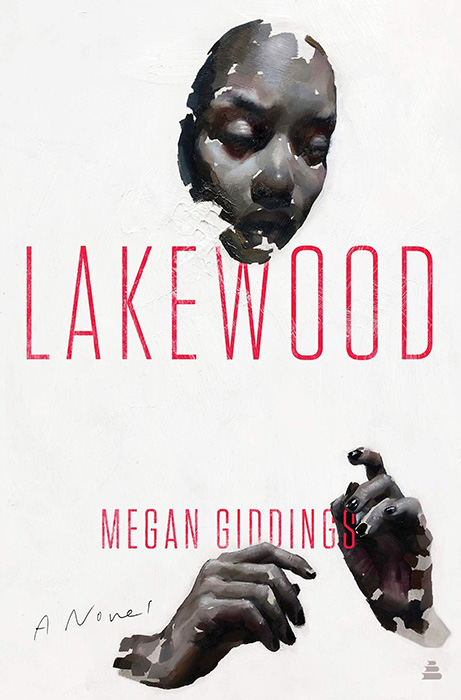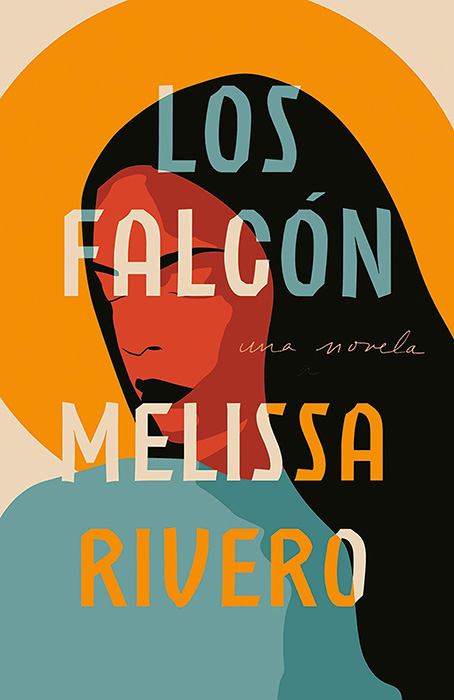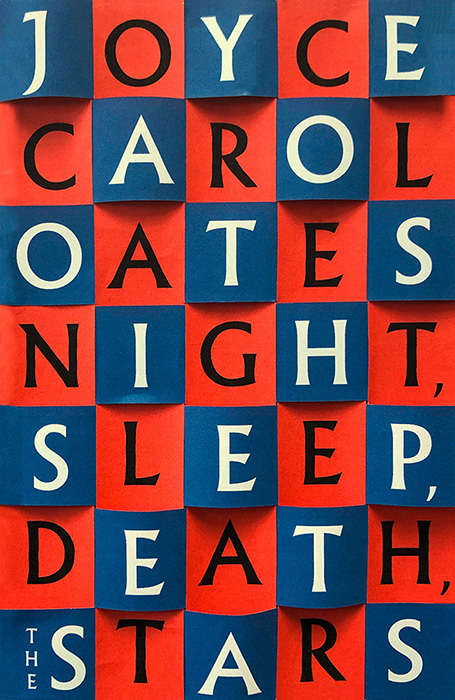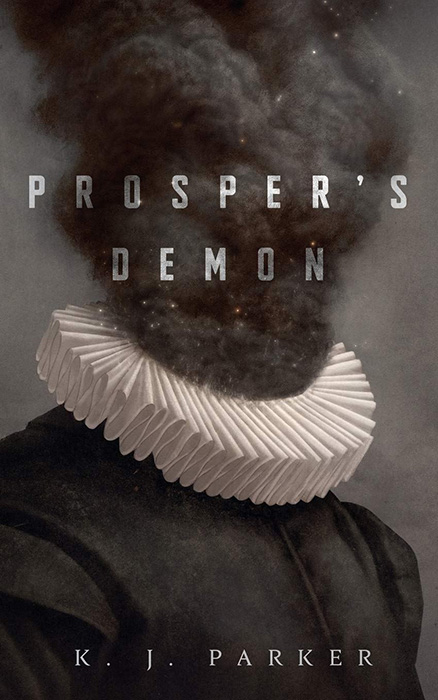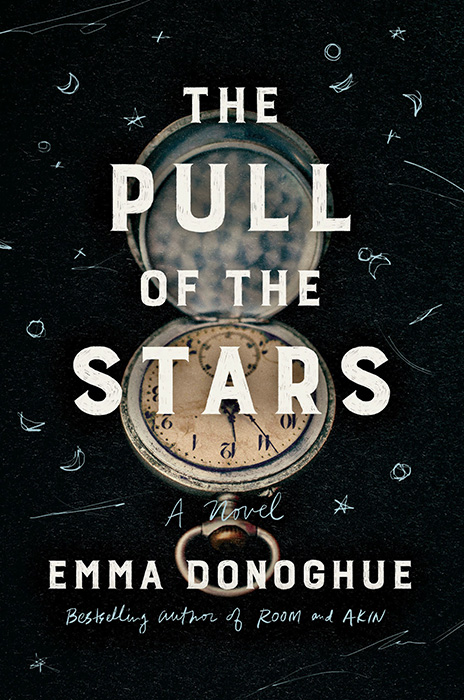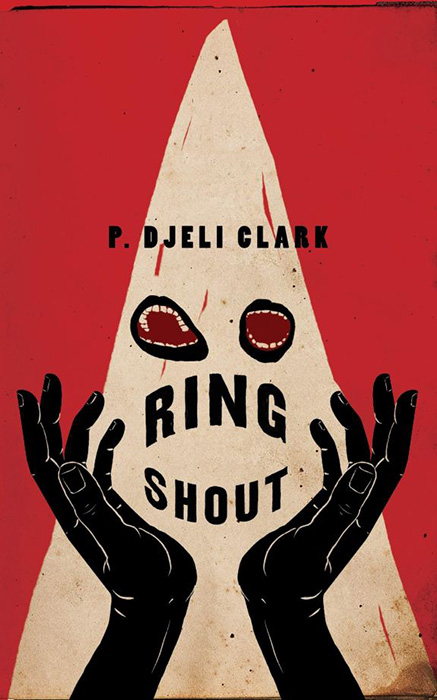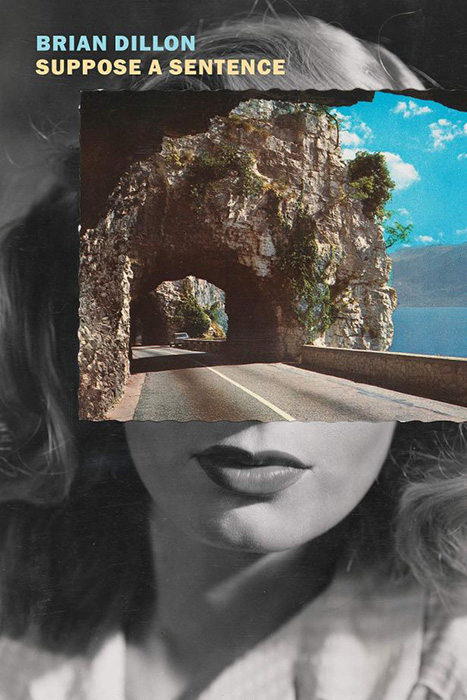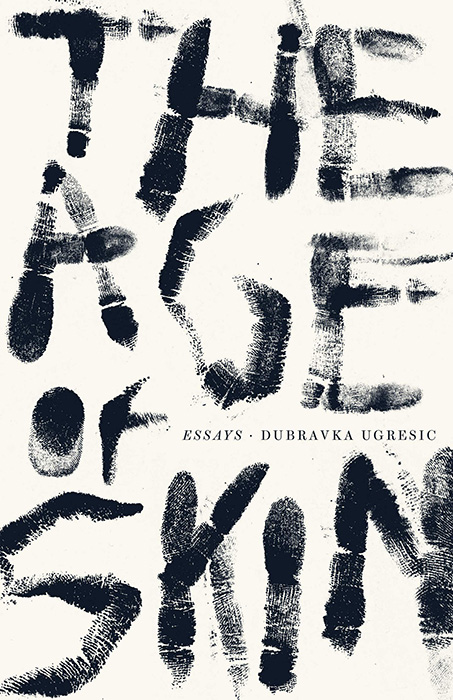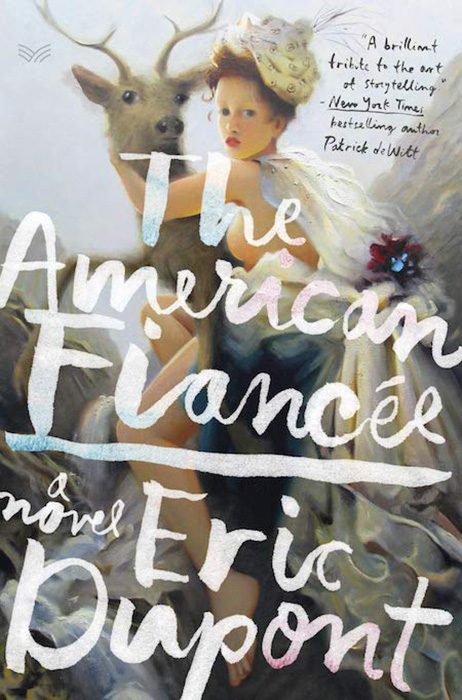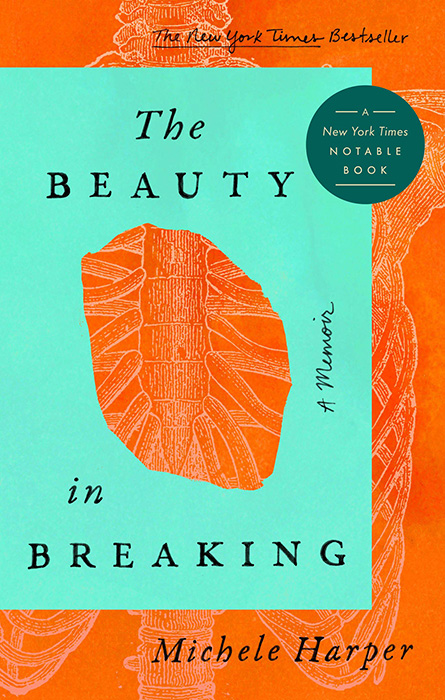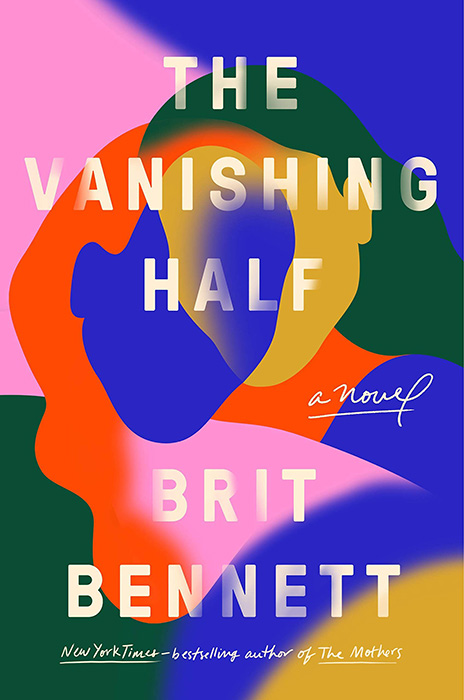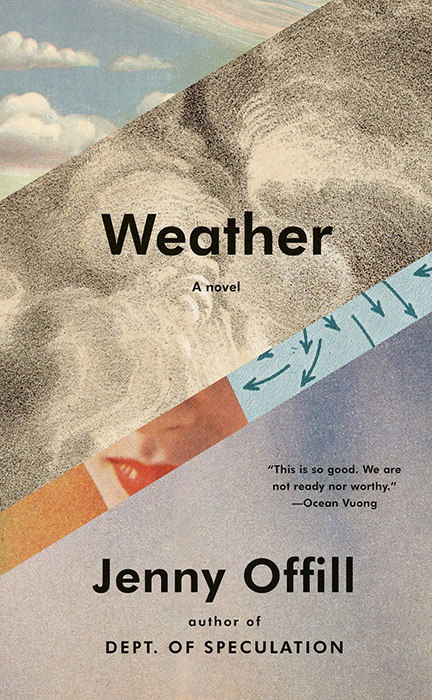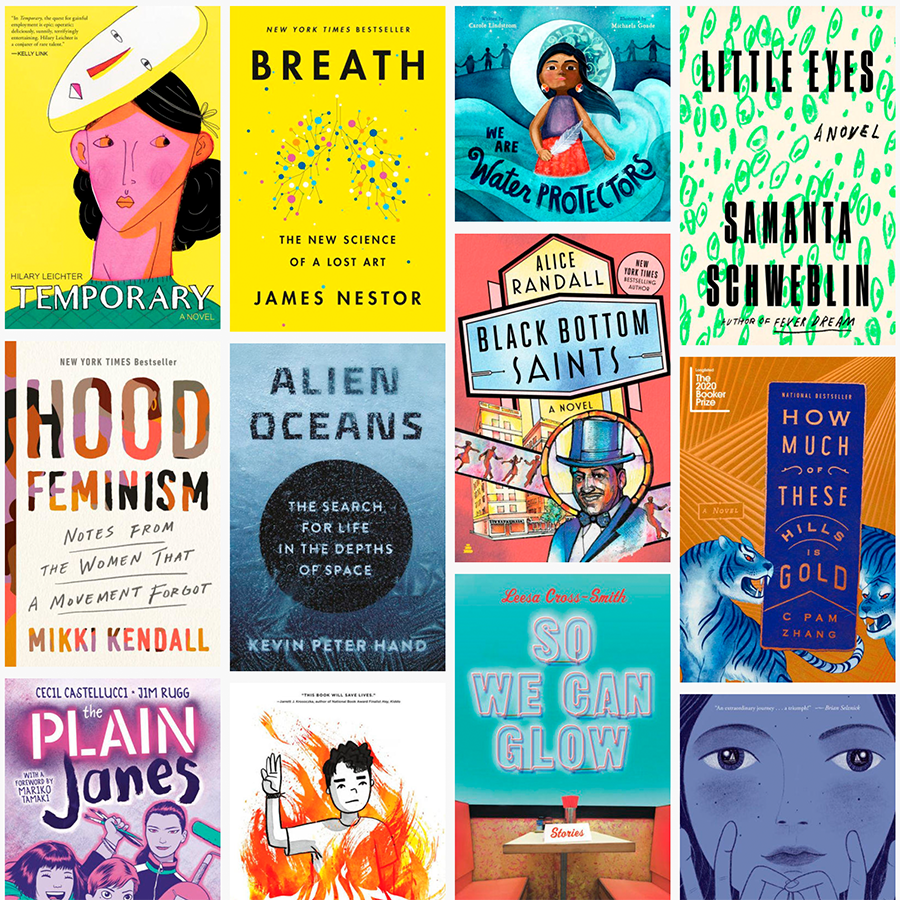This list is simple and straightforward: these aren’t necessarily all of the best book covers of 2020, only my favorites — gathered from the combined lists of LitHub, Creative Review, NPR’s 2020 Book Concierge, and the Casual Optimist, along with sightings in the New York Times Book Review, BookRiot, and Spine Magazine. Interestingly, despite the year many of us would rather forget, the best book covers are, as usual, memorable.
My favorite, by quite a lot:
There’s no other way to put this: it’s brilliant. The Party Upstairs by Lee Conell; design by Stephanie Ross. Read about how it was put together, along with initial ideas and drafts, at Spine Magazine. Great, great stuff!
The rest, in alphabetical order:
On the one hand, exactly what you’d expect — except a) it’s a novel, and b) it’s not really what you’d expect. Nice. Design by David High.
The left and right halves here are a perfect union, and I’m a sucker for hand lettering. Design by Anna Morrison.
I can’t remember the last time I saw a two-color cover I liked so much — major kudos here. Design by Emile Mahon.
Blue tigers. Red eyes. Crooked title block. Yet somehow rich beyond easy description. (The author calls it “haunted by place.”) Design by Grace Han.
Can’t. Unsee. The. Rat. Home run of horror. Design by Wil Staehle.
Simple type that’s well executed meets brilliant original painting. Proof that less can be more, if you’ll pardon the cliché. Design by Stephen Brayda.
One of this year’s best uses of color, along with another great illustration. Design by Adalis Martinez.
This design has gotten a good deal of attention — and deservedly so. Eye-catching by fives. Design by Jamie Keenan.
Explosive. (Sorry.) Actually, I’m personally jealous of this one: it feels like one I would have done, given the sudden (and unlikely) moment of creative greatness. Design by Christine Foltzer.
The hand work on this one — both illustration and lettering — just make it. A universe of goodness. Design by Sara Wood.
Scary good. Well, just scary, really, especially for a resident of the South. Excellent design by Henry Sene Yee.
Retro style and simple typography combine to make something excellent. Suppose a cover, with design by Katy Homans.
When has one color print been more compelling? This book would stand out on any bookshelf. Imagination by Jack Smyth.
The original artwork (by Kai McCall) really grabs your attention … and then hangs on, staring straight at you. Wonderful. Design by Stephen Brayda.
Here, the simple background illustration is enormously enhanced by the choice of colors, the “heart” cutout, and typography choices. A case of 10 + 10 + 10 = 1000. Design by Lauren Peters-Collaer.
Deceptive at first glance, the colors here keep adding up (to build on a theme). Another excellent example of hand-lettering adding so much, too. Another great design by Lauren Peters-Collaer.
Unexpected choices lead to great new places here, especially with the yellow band overlaying the wolf. So, so good. Design by Rachel Willey.
No speculation here: this one takes me by storm. (Sorry.) “We are not ready nor worthy” applies to the cover, as well! Design by John Gall.
Like Weather, Zo uses illustrations to huge effect — but this time with a huge typography effect to go along with it, and lo, it works. Great design choices by Janet Hansen.
Now, let’s all survive 2021 so we can do this again!
